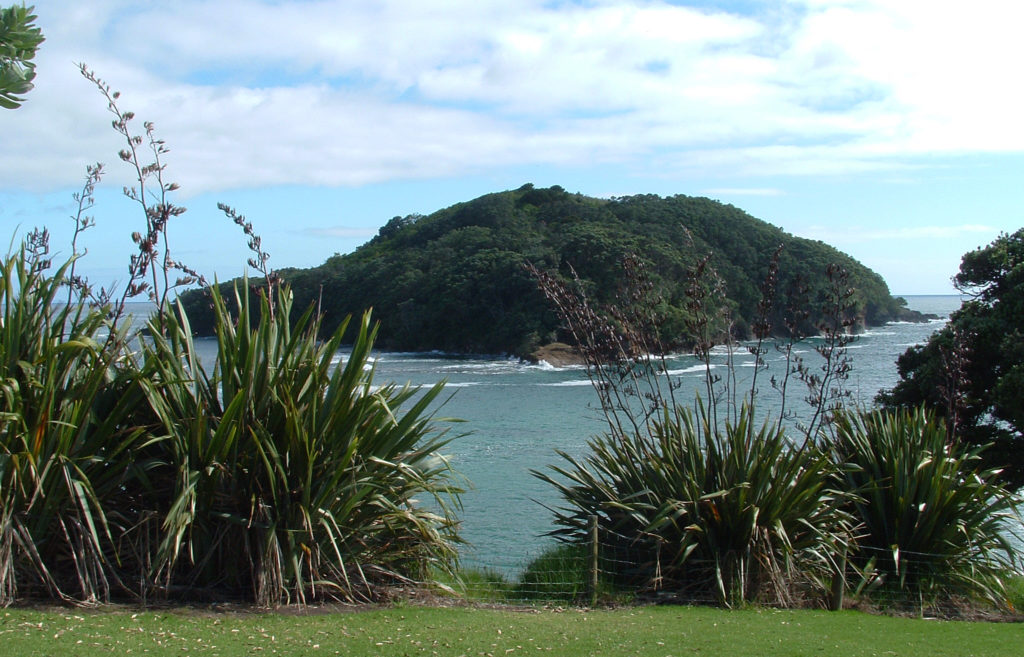Returning from an overseas trip, New Zealanders all know the drill – biosecurity is paramount – and no, you can’t carry on eating that fresh fruit you brought with you once you leave the plane. But how many of us think about biosecurity as we head off to the beach for summer? If you’re planning … Continue reading Mammal-free islands – a biosecurity challenge
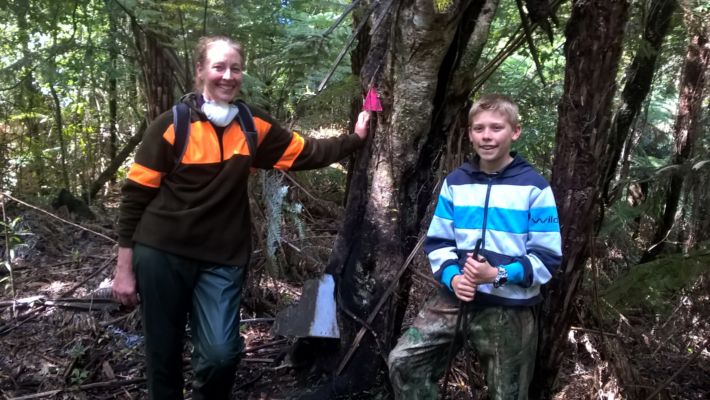
Back in the 1990s, Kaharoa Forest near Rotorua was one of three forests involved in an 8-year ‘Research by Management’ project to discover why kokako populations were still declining even though large-scale forest clearance had stopped. Competition for food by possums and introduced predators like ship rats were suspected as the cause. Carmel Richardson had … Continue reading Science can break your heart…
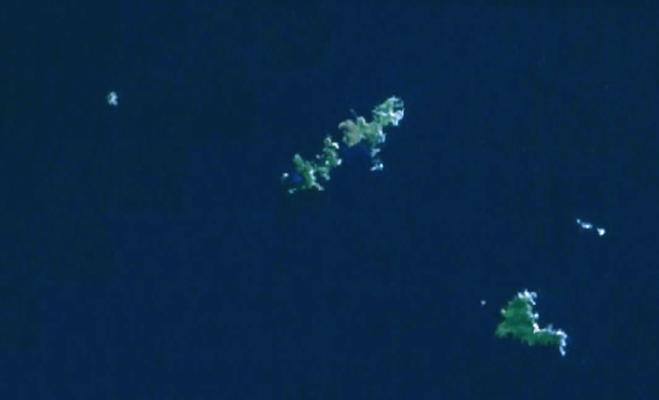
Often when predators are eradicated from an island, it’s the first stage in planned reintroduction of native species to the sanctuary, but 26 years ago when the last introduced mammals removed from Burgess Island, the island was simply left, predator-free to recover naturally. Burgess Island/Pokohinu is the second-largest island in the Mokohinau group, near Great … Continue reading Island recovery left to happen naturally
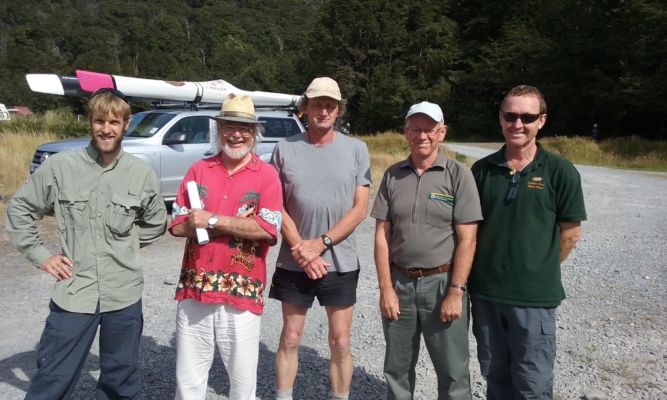
Arthur’s Pass Wildlife Trust (APWT) doesn’t have a huge population to call on for its conservation work. There are only about 30 people living permanently in Arthur’s Pass village. But that hasn’t stopped them taking action to sort out the stoats that threatened their kea and great spotted kiwi – and now they’re celebrating a … Continue reading Award recognises huge efforts of tiny Arthur’s Pass community
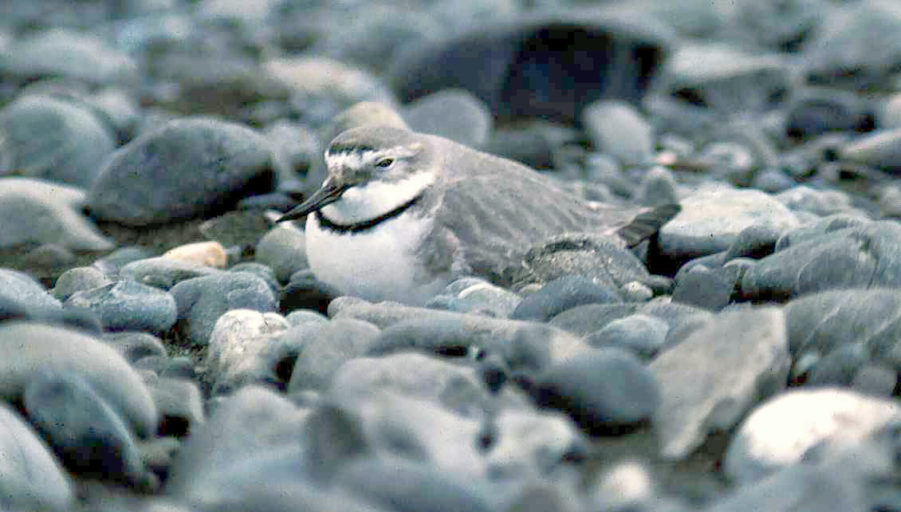
Eric Spurr and Nicholas Ledguard from the Ashley-Rakahuri Rivercare Group share the results of their group’s extensive predator control and bird monitoring work from 2000-2015 in a recently published issue of Notornis, the journal of the Ornithological Society of New Zealand. The Ashley River is a braided river in North Canterbury (near Rangiora) where eight … Continue reading Rivercare group shares predator control outcomes

When Craig Gillies from DOC’s Hamilton office first started studying feral cats at the University of Auckland, he visited Department of Conservation ‘old hand’ Dick Veitch – since retired – who gave him a piece of advice that has stuck with him throughout his conservation career: “It’s not the ones you catch that matter,” said Dick, … Continue reading Mentor’s advice still relevant for Craig Gillies
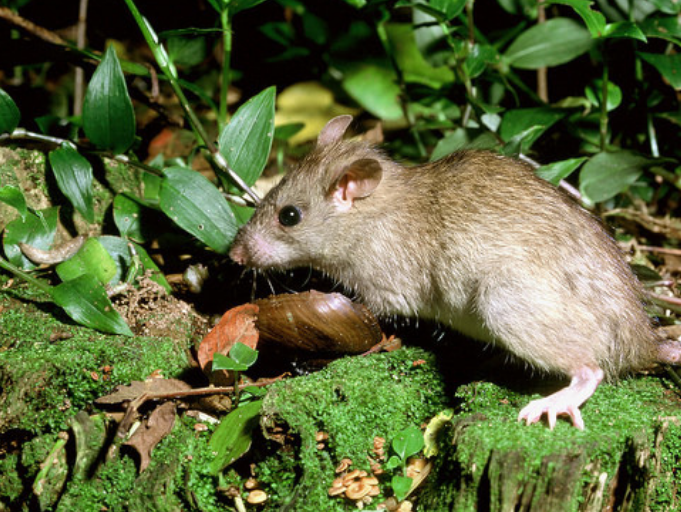
Predator control operations are just that – they control mammal predators but do not completely or permanently remove them. Survivors breed and slowly rebuild the population numbers, aided by invasion of outsiders from neighbouring, uncontrolled areas taking advantage of an opportunity to upgrade to some better real estate: competition is less because the population is … Continue reading When rats come back…
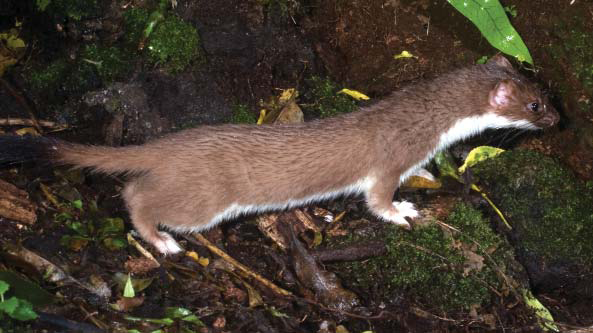
Genetic profiling sounds like something from a crime thriller, but it is a modern scientific technique that can be used to better understand the dispersal behaviour of animals and relationships between various populations. Auckland’s various stoat population were recently the subject of a genetic profiling study which revealed intriguing information about connectivity and migration. Female … Continue reading Genetic profiling reveals source of invaders
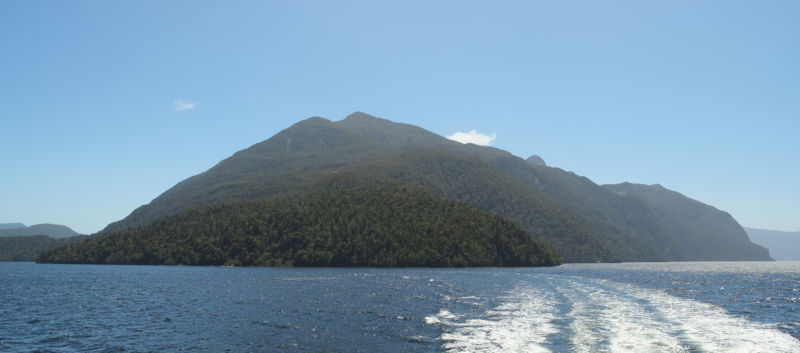
Professor Carolyn (Kim) King has spent a lifetime studying New Zealand’s introduced mammalian predators and is recognised as an international expert on mustelids. She’s worked closely with weasels in England, and stoats, ferrets, and rats in New Zealand, since starting as a grad student at Oxford in 1967. In that time she’s got to know … Continue reading Prof Carolyn King is enthusiastic supporter of community efforts
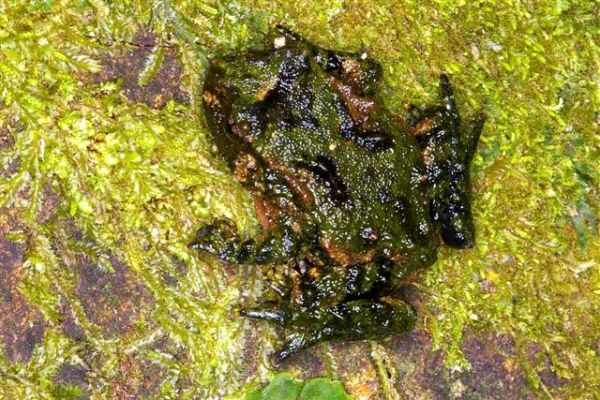
A huge effort has gone into controlling possums across New Zealand for a number of years, particularly with respect to TB eradication efforts, but what do we know about the overall biodiversity outcomes? Are we on top of the problem? Has native biodiversity benefited long-term from the war waged against TB or are short-term benefits … Continue reading Measuring biodiversity outcomes
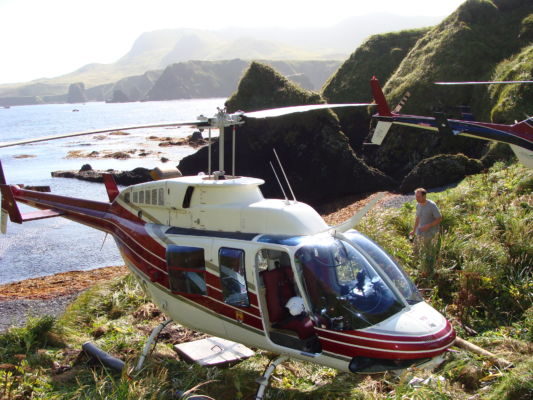
In the small urban satellite town of Mosgiel, just down the motorway from Dunedin, you’ll find the home base of a GPS system called ‘TracMap’. True to the tradition of kiwi innovation, it is an invention that started small and has gone on to revolutionize predator eradication on islands and difficult landscapes around the world. … Continue reading NZ tracking technology goes global
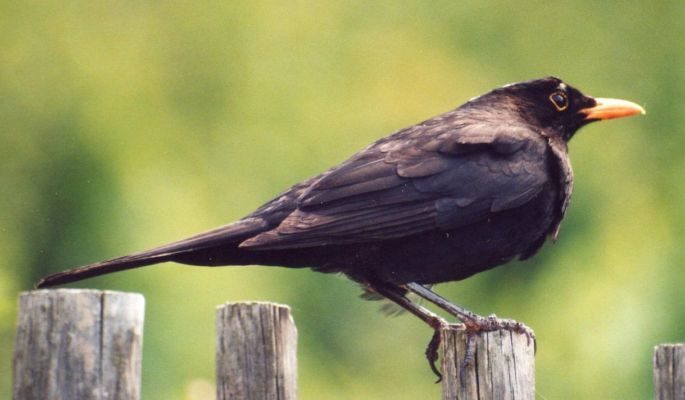
If you find a dead bird in an area after a toxin operation it’s an easy leap to say “the poison did it”. But was the dead bird poisoned? The only way to know is to test for toxin levels – and that’s exactly what Landcare Research (Lincoln) scientists Grant Morriss, Graham Nugent and Jackie … Continue reading Bird by-kill – what research reveals
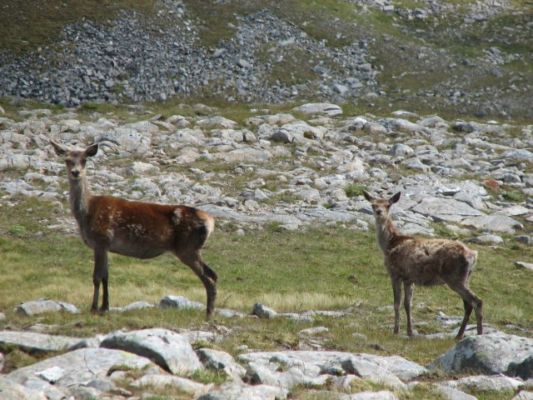
Those with the most passionate and strongly held views tend to have the loudest voices in public forums – but do they represent what most people think? Or do the strident calls of a few distort our perception of public opinion relating to an issue? A paper published in 2014 examines New Zealand attitudes toward … Continue reading Public attitudes to pest control – what does NZ really think?
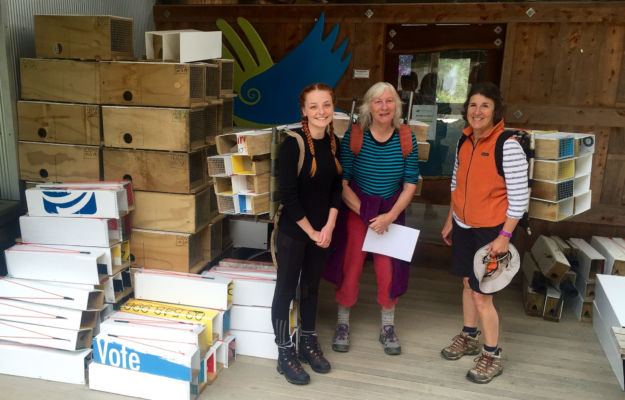
In Nelson they’re building an ark to the future. The Brook Waimarama Sanctuary is at the site of a long-abandoned water reserve – a huge area comprised mainly of pristine old-growth forest. This ark for indigenous wildlife is 691 hectares in size, making it 2½ times the size of Zealandia or Orokonui. Like Wellington’s Zealandia … Continue reading Old water reserve becomes ‘ark to the future’
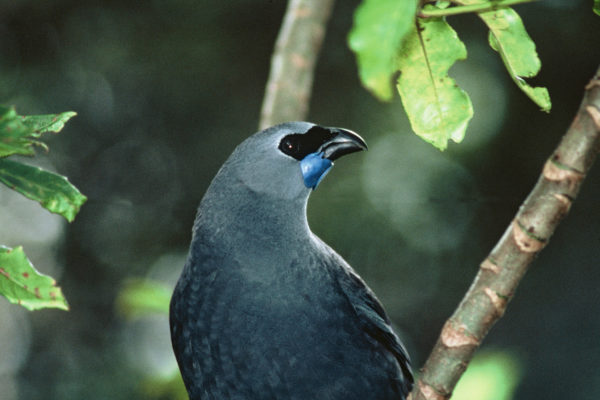
This is not about an amazing scientific breakthrough in new toxins or lures. It doesn’t reveal a science-fiction-like technological invention or genetic modification to wipe out predators. Such things happen rarely in the world of science. But what the following research projects show is that the old methods (with some modern modifications and monitoring techniques) … Continue reading Catching rats – getting the basics right

Whakatane, Eastern Bay of Plenty – it’s the Kiwi Capital of the World! According to the town’s official website, kiwi (the feathered sort), can be heard calling from the town’s CBD and residents living near reserves occasionally have kiwi venturing into their gardens. Nowhere else in urban New Zealand does our national bird live in … Continue reading Whakatane groups unite to help kiwi

With intensive pest control, the Doaks have witnessed a dramatic recovery of the native flora and fauna. In ‘their coastal slice’ the natural world has returned with a profusion of birdsong in the forest. This book is a plea for the conservation and protection of New Zealand’s wildernesses, reiterating the challenge made by Sir Paul … Continue reading Book: Bringing back the birdsong
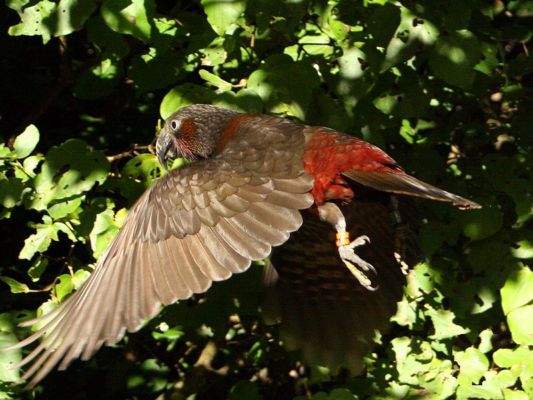
In a paper just published online (and not available in print until 2017), some of New Zealand’s top conservation scientists review the prospects for control and eventual eradication of our key mammalian pests. John Parkes, Graham Nugent, David Forsyth, Andrea Byrom, Roger Pech, Bruce Warburton and David Choquenot have written a comprehensive paper looking at … Continue reading Pest-free future under the microscope
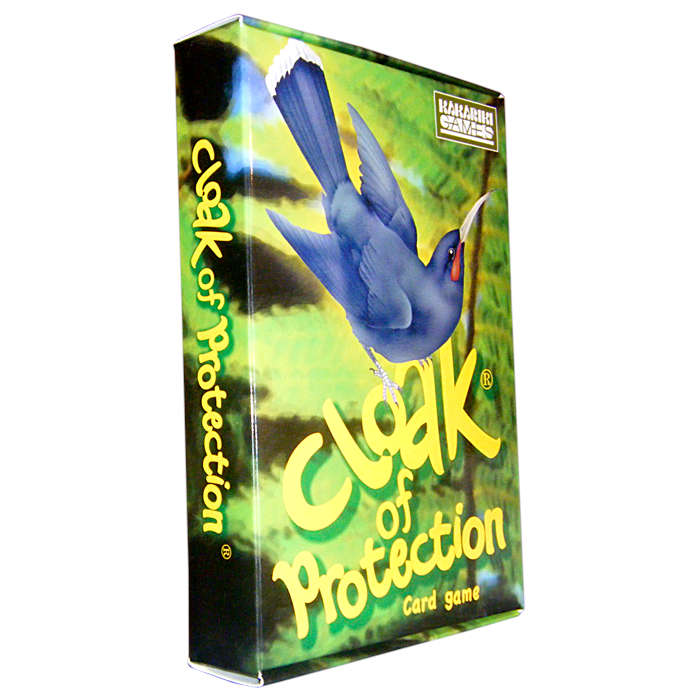
Cloak Of Protection – the New Zealand conservation card game by Kakariki Games. To save our birds, you need to trade, draw & play to create a feather cloak of 15 cards in one bird realm: forest, settlement, sea, or extinct. But BEWARE! Each card sports some predators – will they threaten your realm? Fun … Continue reading Conservation Card Game
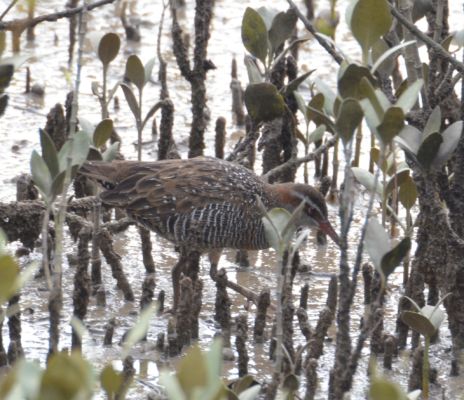
Unbeknown to most Aucklanders, fernbirds and banded rails are living only 9km from their city centre. But Jeremy Painting has discovered that rats in ‘plague’ proportions are threatening nesting success. He tells his story… Although situated only 9km from downtown Auckland and tucked on the eastern side of the Te Atatu Peninsula, this reserve is relatively unknown … Continue reading Rat plague threatens wetlands birds at Harbourview
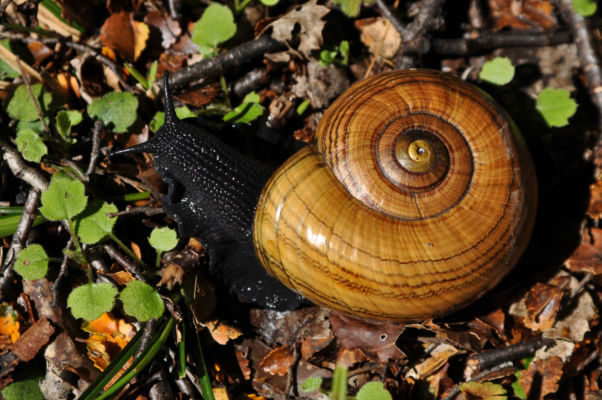
Rats are quick and nimble. Snails… not so much. So our native snails are very much at the mercy of introduced rats, should rats choose to eat them. What’s more, there are a surprisingly large number of native snail species to protect. New Zealand has, in fact, one of the most species-rich land-snail fauna in … Continue reading Rats – are they gastropod gourmets?
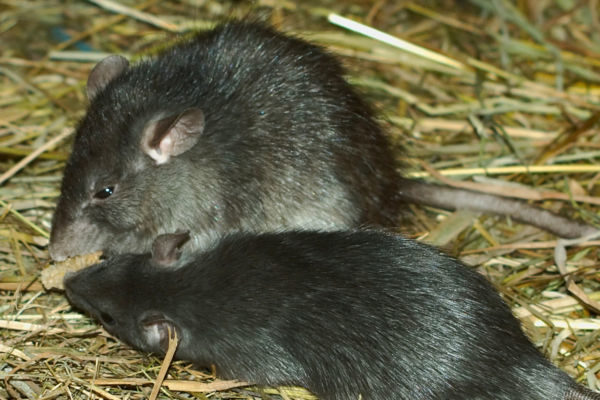
The Milson Scout troop of Palmerston North has taken up the challenge. After an inspiring talk a couple of weeks ago by Horizons Regional Councillor, Rachel Keedwell, the 30 scouts, aged 10-14, have built their own trap tunnels, fitted traps and made a start towards making their community rat free. Scout leader Andrew Mercer said … Continue reading Milson Scouts take up the PF challenge
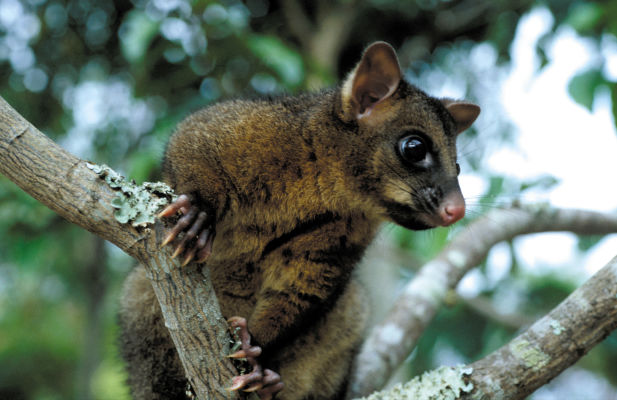
Landcare Research scientists have published some fascinating research recently looking at the damage possums do the forest canopy and the surprisingly long time it takes for larger trees to recover. The first paper was published in Ecology and Evolution earlier this year and full access is freely available online. Penelope Holland, Andrew Gormley and Roger … Continue reading Landcare Research takes to the tree tops in latest possum research
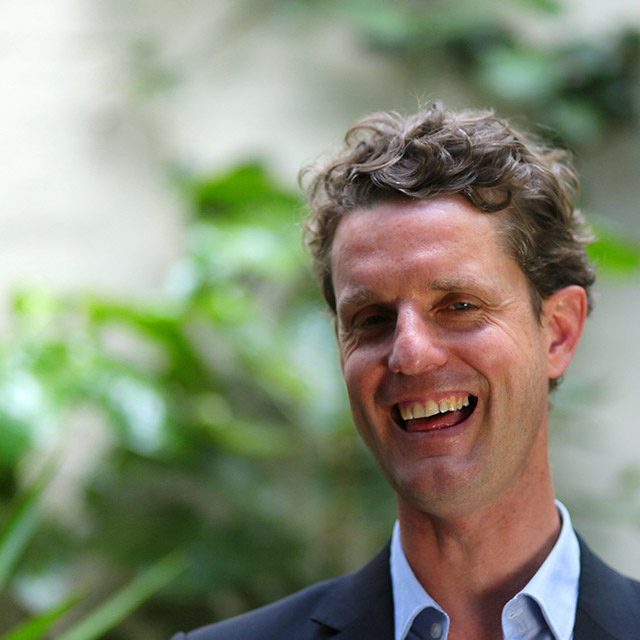
The momentum is growing and we’re super excited about it! Wellington has just announced its plans to be the world’s first predator-free capital. Go Wellington! The NEXT Foundation, Greater Wellington Regional Council and Wellington City Council are banding together to lead the initiative, but they won’t be doing it on their own. Success depends on … Continue reading Predator Free Wellington – the momentum gathers…
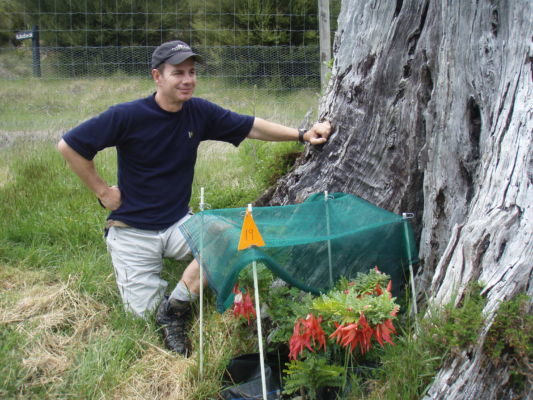
Guest blog by Peter Heath It’s dead. Very dead, judging by the stench and the smooshed appearance of the remains – all fur, bones and black-brown gloopy stuff. A possum, maybe? A rabbit? “It’s not just townies,” Simon says, smiling at my obvious disgust. “There’s plenty of debate among farmers and bush dwellers, too. One … Continue reading Goats, stoats and possum-fur coats: it’s carnage out there
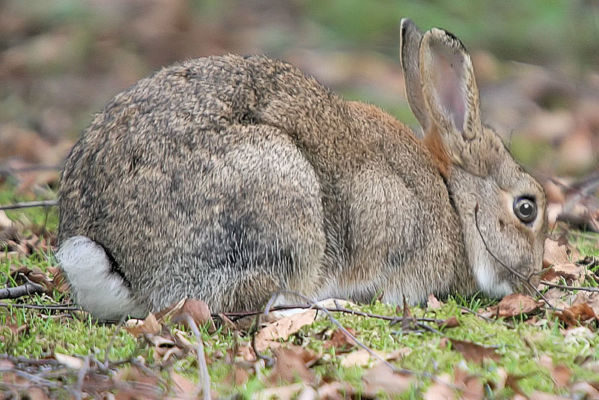
If we knock back ferrets and feral cats will rabbit numbers soar? It is a concern that’s frequently raised, particularly in farming areas where rabbit control is already an issue. As rabbits are the main prey of ferrets and feral cats, it seems intuitively logical that rabbits will thrive without their predators. But there is … Continue reading What about the rabbits?
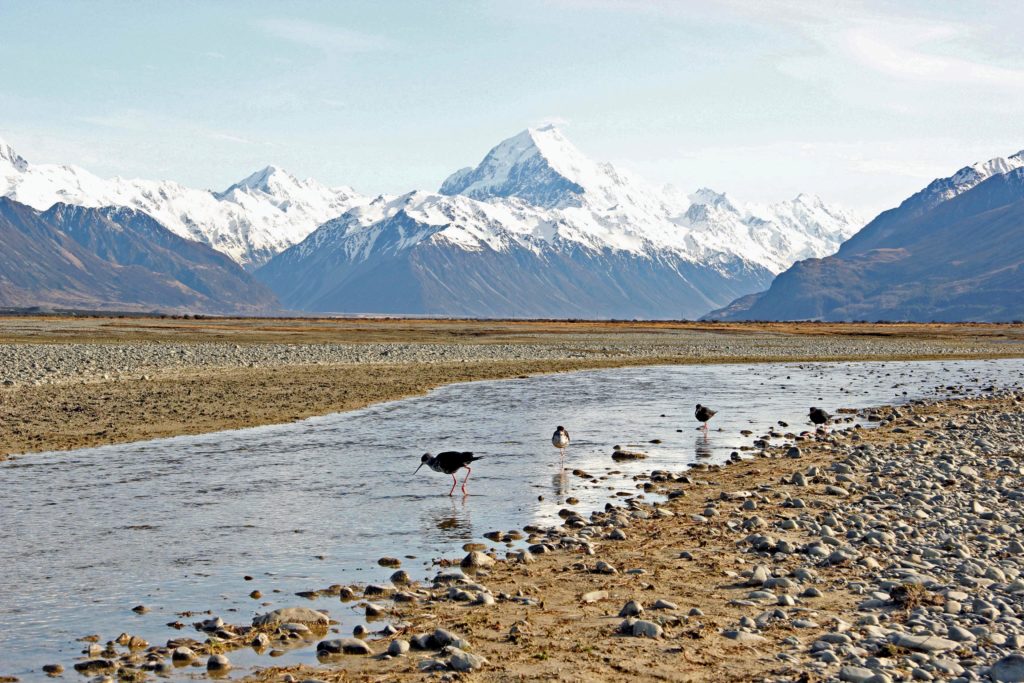
Calling all Cantabrians and Southlanders – and any other South Islanders living near or exploring the region’s many braided river systems: rare and endangered river birds will be returning to the shingle river ‘islands’ to nest over the coming weeks. BRaid (Braided River Aid) is asking recreational river users to report locations of breeding colonies … Continue reading BRaid needs YOU!
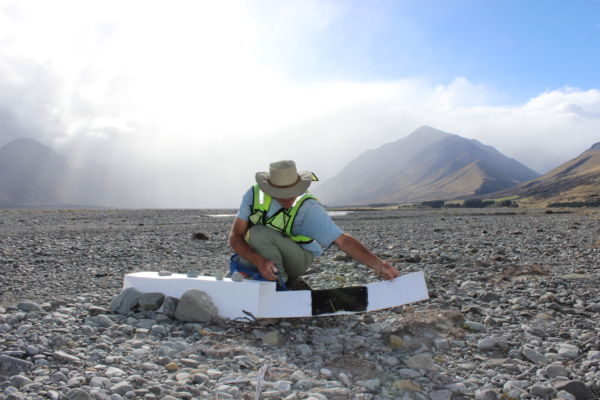
A week or two ago, Alexandra-based Landcare Research scientist Grant Norbury found himself alone in the middle of the remote Mackenzie country, syringe in hand, squirting Vaseline onto rocks. He had to laugh. “It’s such a weird way to protect dotterels,” he says. Yes it is. But weirdness aside, the science behind his latest ‘chemical … Continue reading Grant Norbury – testing potential predator control techniques
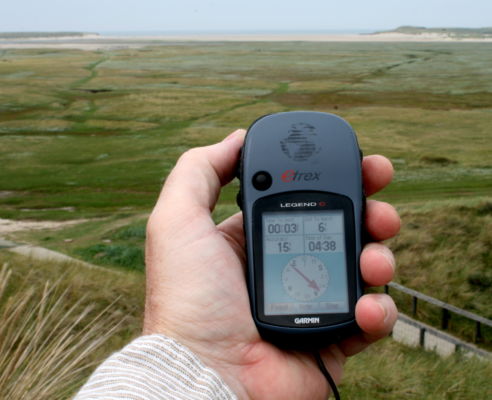
Science isn’t just about the big breakthroughs – although they’re great when they happen. Mostly it’s about challenging assumptions, testing alternatives and finding new and better ways to do things. Change is incremental and improvements are constantly being integrated into the way things are done. Something might be working already, but is there another way … Continue reading GPS offers aerial application alternative
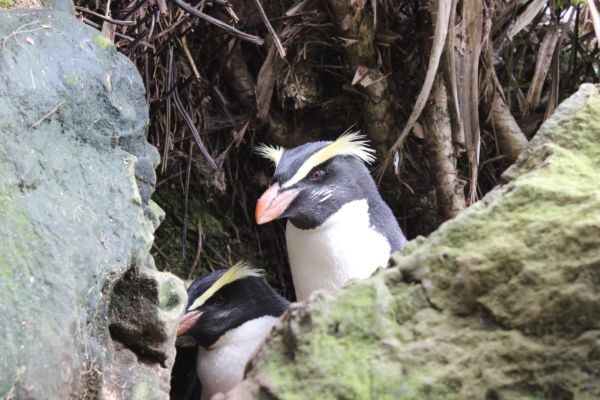
Reuben Lane enjoys the staunch, feisty characters of the seabirds he’s helping to keep safe on the South Island’s West Coast – blue penguins, Fiordland crested penguins, petrels and fairy prions – they’re all birds with a bit of ‘attitude’. Based in Westport, Reuben moved to the Buller in 1998 to help Native Forest Action … Continue reading Staunch penguins a match for stoats, but not dogs
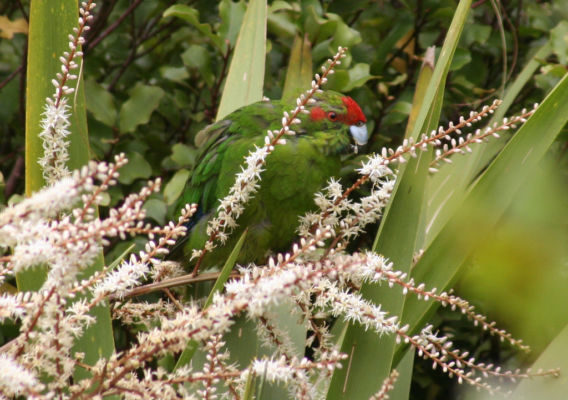
There are a number of physical and behavioural traits which can make New Zealand’s native bird species particularly vulnerable to introduced predators. In the absence of mammalian predators some, like the kiwi, evolved to become flightless. Others forage on the ground or nest in tree cavities where not only the chicks, but also the incubating … Continue reading What makes our endangered birds so vulnerable?
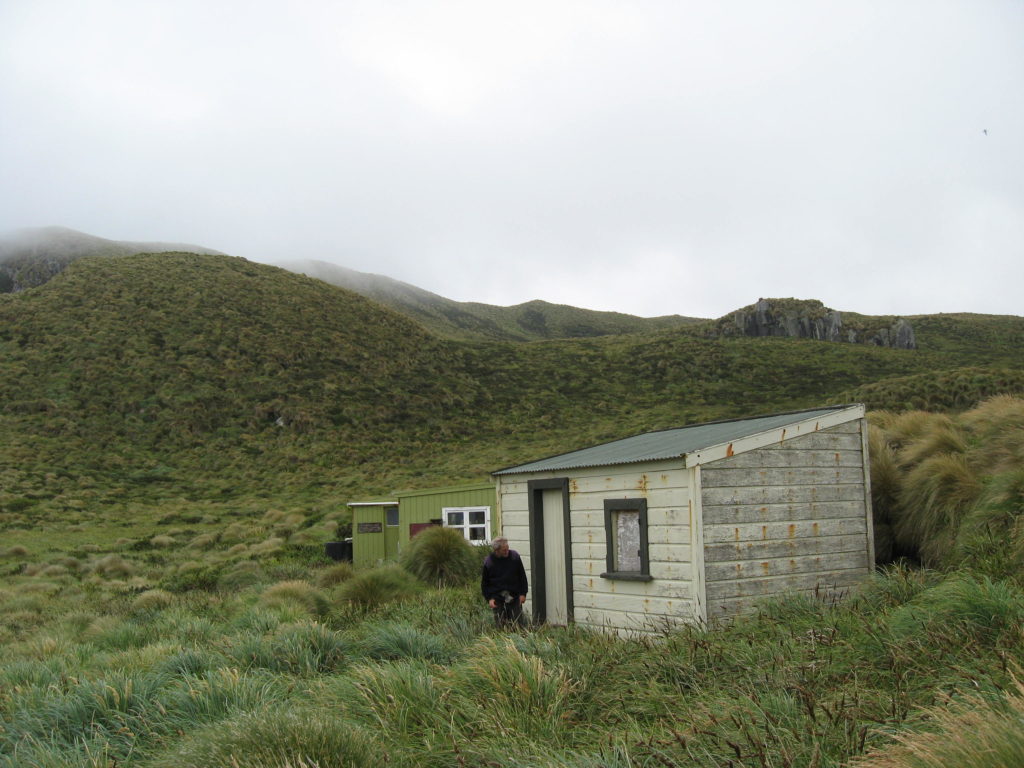
Just because you’re not catching anything, doesn’t necessarily mean all predators have been eradicated. Being certain that an area is completely predator-free is a challenge in island eradications where certainty is needed before endangered species can be reintroduced. But the problem also applies to mainland pest operations – how can you be sure you’ve been … Continue reading Rapid eradication assessment – with online app
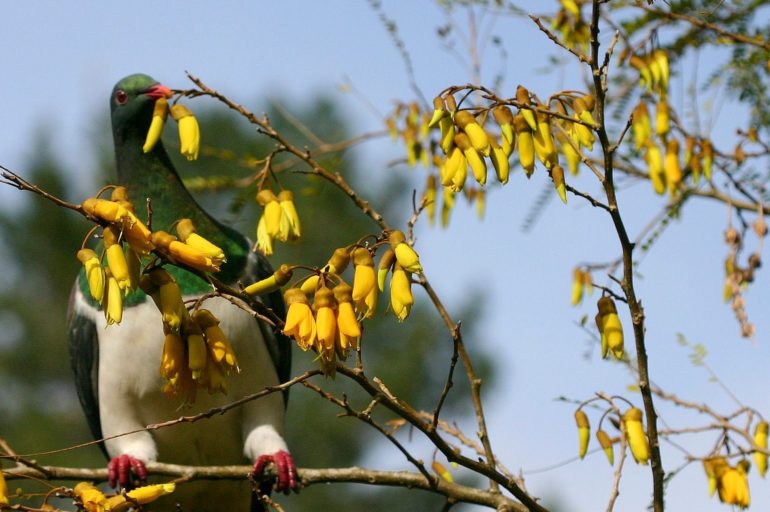
The magnolias aren’t looking too good at Arthur Hinds’ place. His wife Diane used to complain about the damage possums were doing. But that’s not the problem nowadays. The Department of Conservation dealt to the possums in 2000, just before the Whenuakite Kiwi Care Group started their predator control programme. Arthur joined the Kiwi Care … Continue reading Kiwi are thriving – and so are kereru
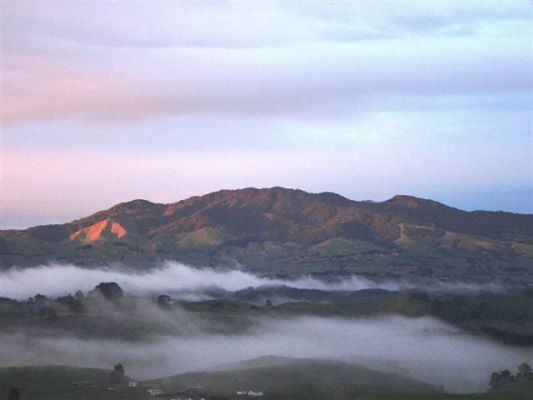
The kiore appeared and the moa disappeared in pre-European times, but no-one can argue that the majority of Aotearoa/New Zealand’s predator and other pest introductions, habitat loss, extinctions and near-extinctions have happened in the last 150-200 years since pakeha settlers arrived. Recently published research by Matthew Harms looks at the Maori perspective in a community-based … Continue reading Maungatautari – a Maori conservation perspective
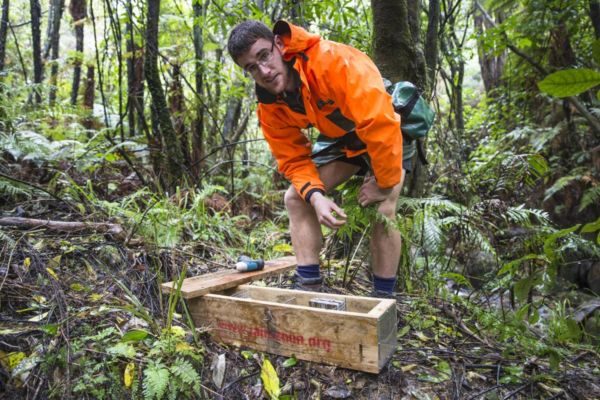
by Robyn Janes. It is the smell that often lets them know they have a body to deal with. Or the incessant buzzing of the wasps as they fly in and out of the wooden trap box. “If it’s a real whiffy one you know it when you’re a couple of metres from the trap … Continue reading Rangers clock up km walking Project Janszoon trap lines
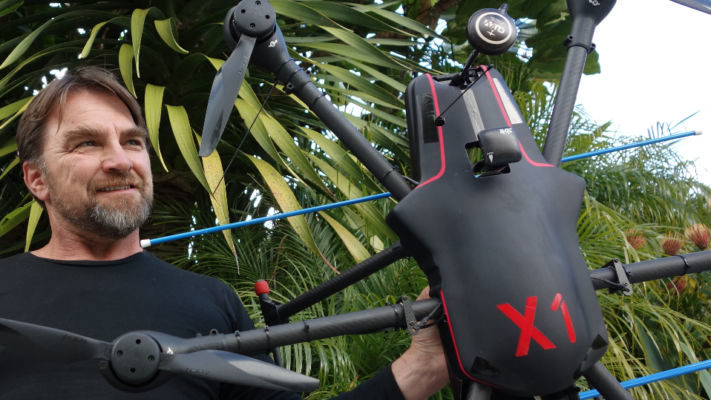
A swarm of drone aircraft appears over the horizon and spans out over a remote, unfenced wilderness area – one of many such large, open sanctuaries. The swarm is here for its regular monitoring visit and the drones spread out and begin collecting data with their many types of tiny sensors. Onboard 3D sensors map … Continue reading Flying into the future with X-craft
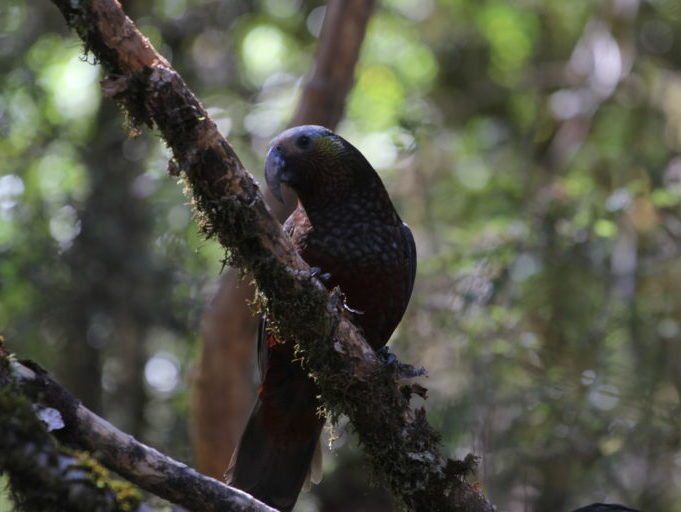
Trap-wary stoats got caught out by a change in predator control regime according to research just published in July this year. The research, carried out by DOC scientists and published in the New Zealand Journal of Zoology, took place in the 9800 ha Whangarei Kiwi Sanctuary. The results showed why it’s good to mix it … Continue reading Research shows what’s working for kiwi and kaka
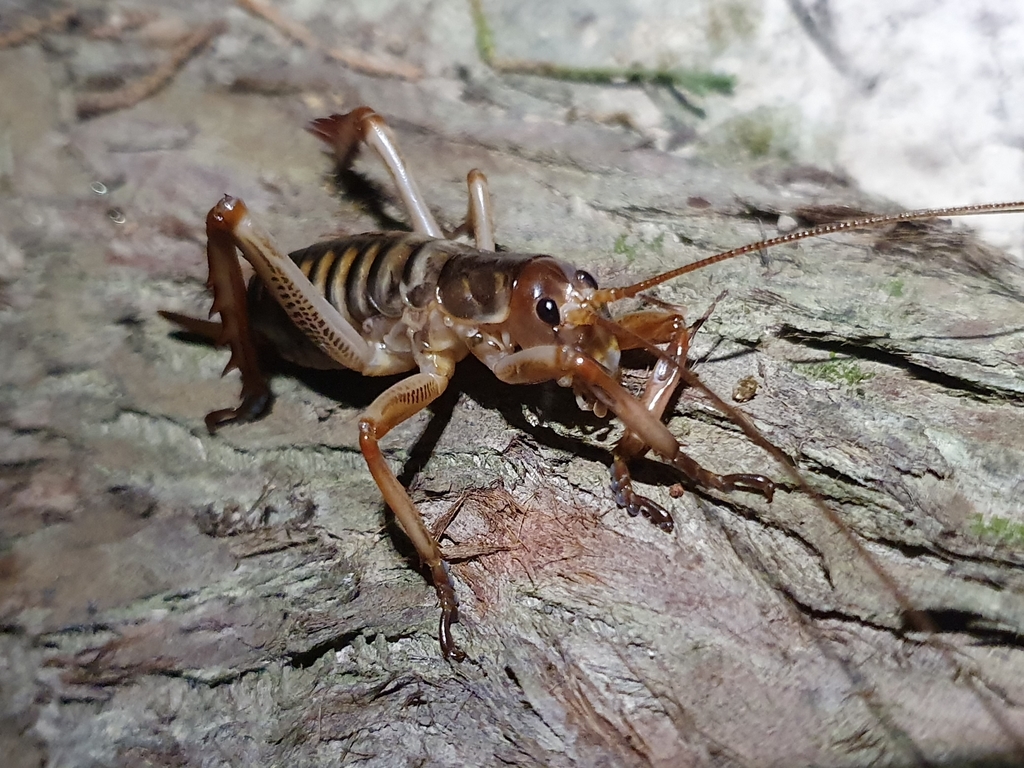
Have you ever wondered what kind of wildlife hang out in your garden? There are sure to be birds, but are there weta in your woodpile? Do geckos lurk in your trees and bushes? Are skinks secretly sunbathing on big warm stones or in the longer grass? Skinks and geckos can be secretive. They scuttle … Continue reading Going on a Backyard Safari
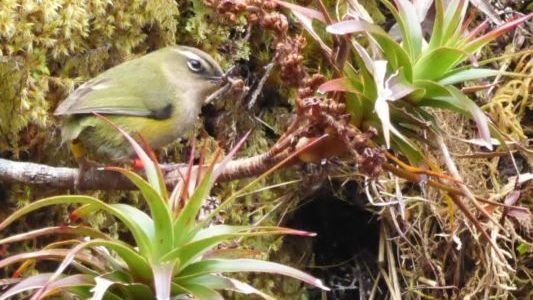
Formed in 2013, the Routeburn Dart Wildlife Trust (RDWT) is inspired by a vision of being predator free “from Glenorchy to the sea,” says trustee Amanda Hasselman. Working in collaboration with the Department of Conservation and the Hollyford Trust, with substantial sponsorship from Air New Zealand, the Trust aims to bring back the birdsong to … Continue reading Trust aims to be predator free from Glenorchy to the Sea
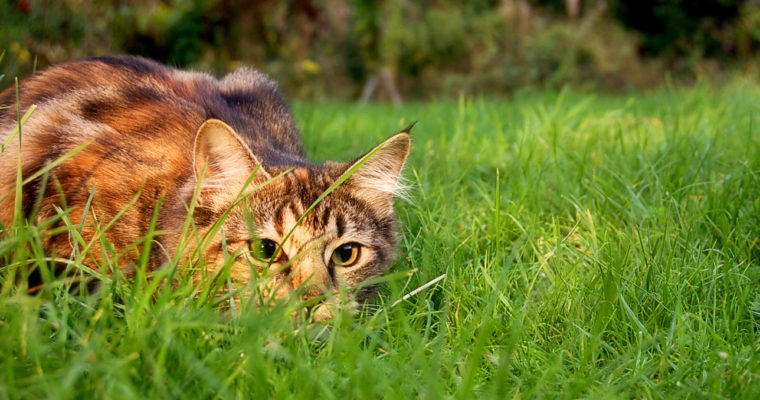
How do you change public behaviour – for example, persuade cat owner’s to bring their pets inside? Is education the answer? Is education enough? If people just knew more about conservation issues would they become supporters and adopt conservation values themselves? Not necessarily. The reality is not everyone cares – and if they don’t care … Continue reading Influencing conservation behaviour – the role of social psychology
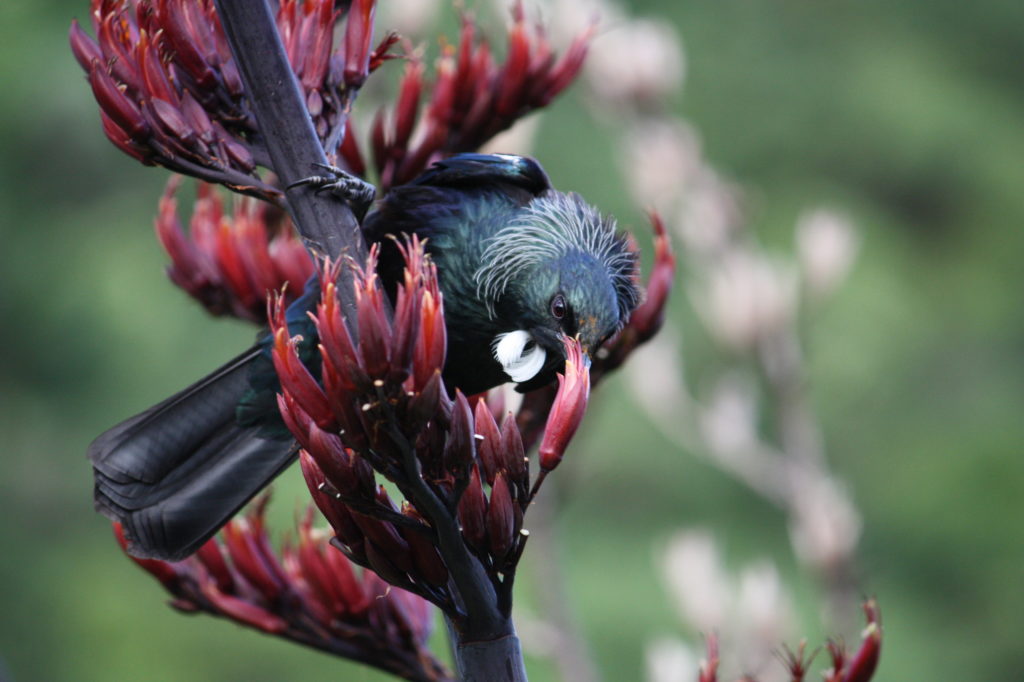
Research and innovation mean that the options for helping out our native species are increasing all the time. First, there were small, predator-free island sanctuaries, then bigger islands and then there was Zealandia – the world’s first fully-fenced urban ecosanctuary. Mainland sanctuaries are now being developed across New Zealand – but there is some serious … Continue reading Doing the sums – what are the best predator control options?

Puketoki Reserve is virgin low-altitude podocarp forest in the Whakamarama area (between Katikati and Tauranga). It was set aside for the people of the Tauranga region in 1928, by sawmilling firm Sharplin Brothers in a very early example of business conservation ethic. In recent times, the 40 Ha of virgin bush had become a haven … Continue reading North Island robins are taking off at Puketoki
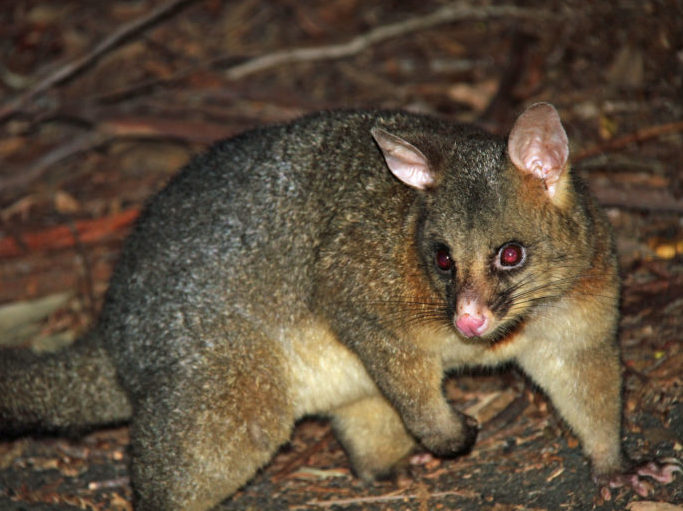
Possums – those cute Aussie furballs are decimating New Zealand forests – so why don’t we just develop our fur industry and make money from the problem? After all, that’s why they were introduced to New Zealand in the first place. More rural employment, less possums – the bush grows back and New Zealand’s rural … Continue reading Possums and more possums – is a fur trade the answer?
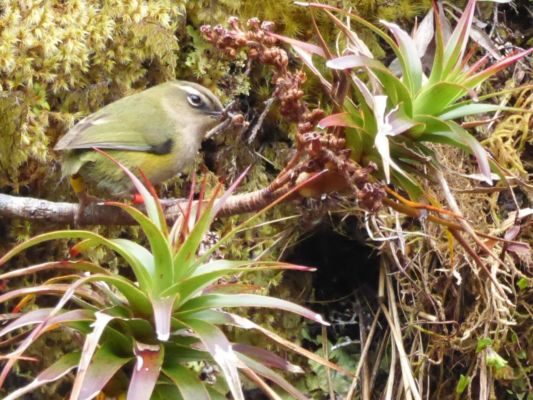
It’s not easy counting weta on a steep mountainside in the middle of the night. One of Colin O’Donnell’s main research interests is alpine fauna – rock wrens, weta, other alpine invertebrates and hardy, rock-basking lizards who manage to survive above the bushline. Weta are nocturnal, so after a day in the mountains collecting data … Continue reading Weta, wrens and other rare beasties
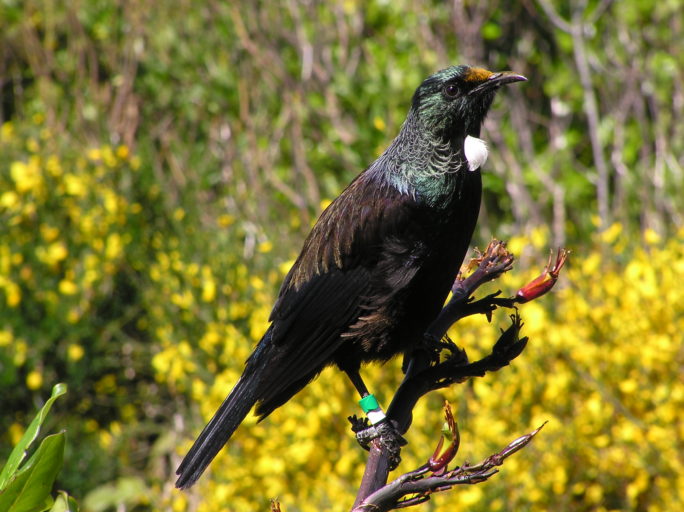
Scientific research often involves painstaking, meticulous measurement, sometimes repeated over a period of years before the work is completed – then it has to be analysed, written up equally meticulously and an academic publisher found. Not everyone has the patience or the persistence, but the results of such attention to detail can be fascinating and … Continue reading Research takes the long view on native species
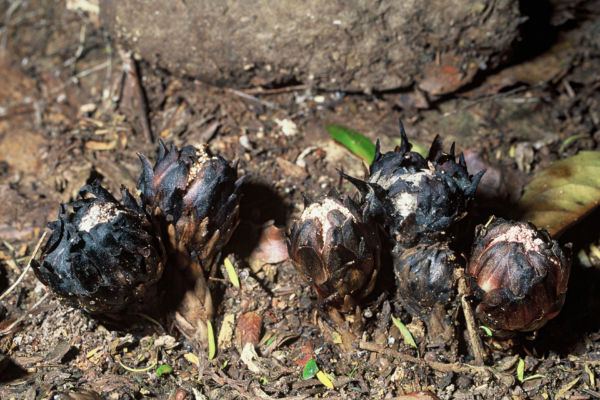
Many of New Zealand’s native wildlife species are not only unique, they’re downright weird. Take our singing short-tailed bats for example. Auckland University researchers Cory Toth et al have been studying their behaviour and have confirmed that they’re lek breeders. Like the kakapo parrot, male short-tailed bats sing to attract females who choose a mate … Continue reading Batty behaviour intrigues scientists
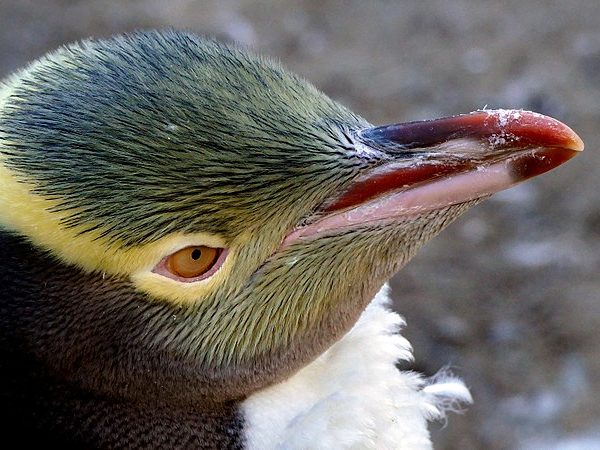
Professor Phil Seddon is Director of Otago University’s Postgraduate Wildlife Management Programme and has been involved in species restoration programmes around the world. He currently acts as an advisor on projects as diverse as saving critically endangered Bali starlings in Indonesia (the wild population dropped to a low of 15 in 1990), wild camels in … Continue reading Phil Seddon – profiling predators in revealing detail
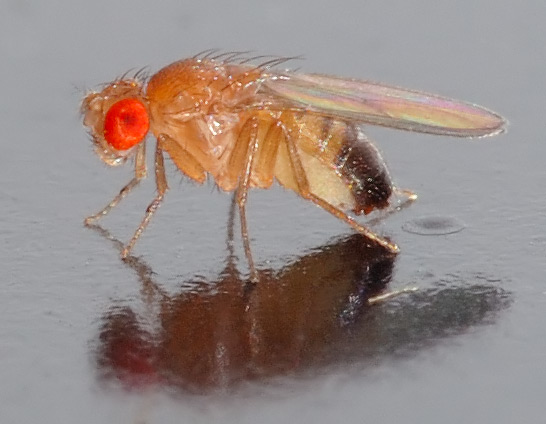
It’s called the Trojan Female Technique and it’s involves a mutation in females that makes all their male offspring infertile. Because it is a gene, not a virus, it stays within that particular species and is spread from one generation to the next by breeding, not by disease. It has the potential to wipe out … Continue reading Trojan Possums – are they the next step?
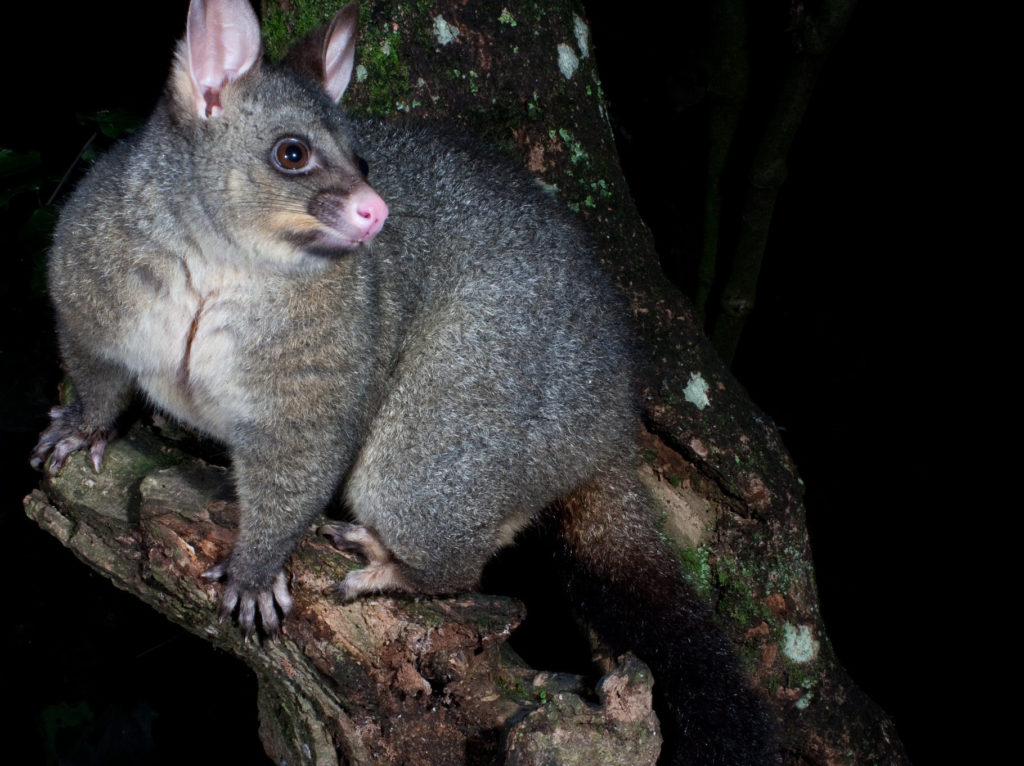
Fundamental to a well-managed pest control programme is detecting what predators you have and monitoring the changes in abundance as your trapping regime progresses. Leg hold traps are a traditional way to achieve this, but may not be sensitive to possum presence when possum levels are at very low abundance. Recently published research puts two … Continue reading Detecting predators – can you count on chew-track-cards and WaxTags?
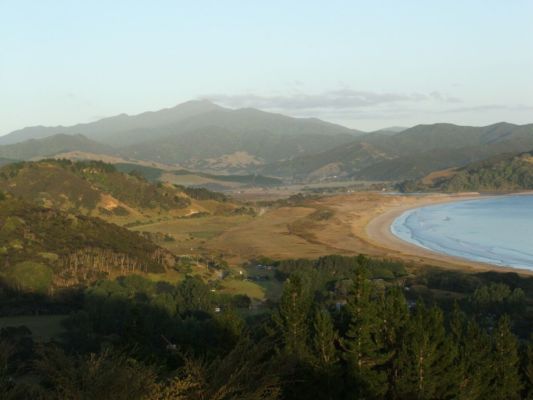
When a small group of Coromandel locals got together in 2000, wanting to do something for the environment, they could little have imagined the sheer scale of conservation work being done by their members today. Sixteen years after the Moehau Environment Group (MEG) was first formed, the 100-strong group now works over a catchment area … Continue reading Advocacy and active predator control on the Coromandel
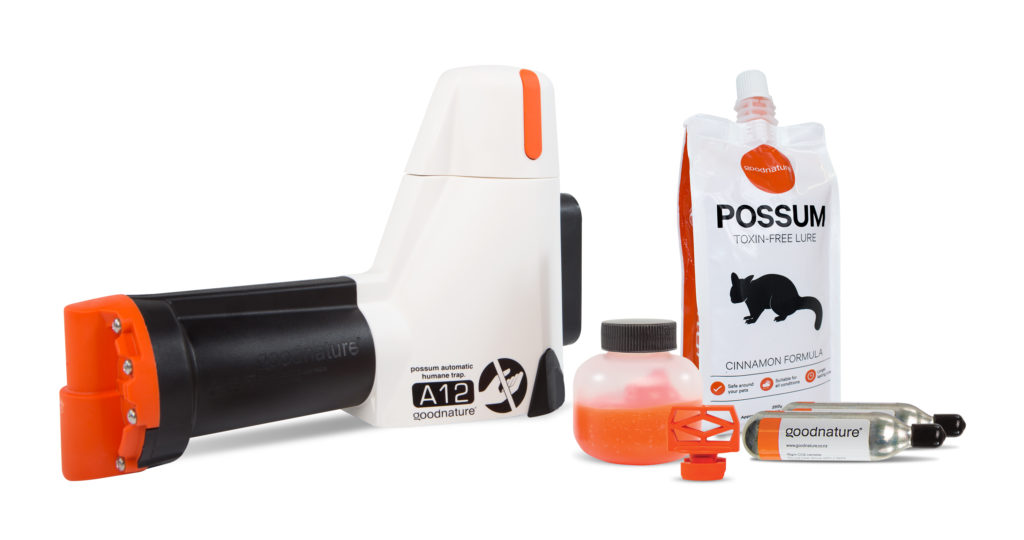
Robbie Van Dam from Goodnature discusses their automatic self resetting traps. You will learn: RELATED Possum facts and control tips River tested as reinvasion obstacle to possums Kea survival during aerial 1080 – identifying the risks The vision for a predator free 2050 How to choose the right trap Buy a trap
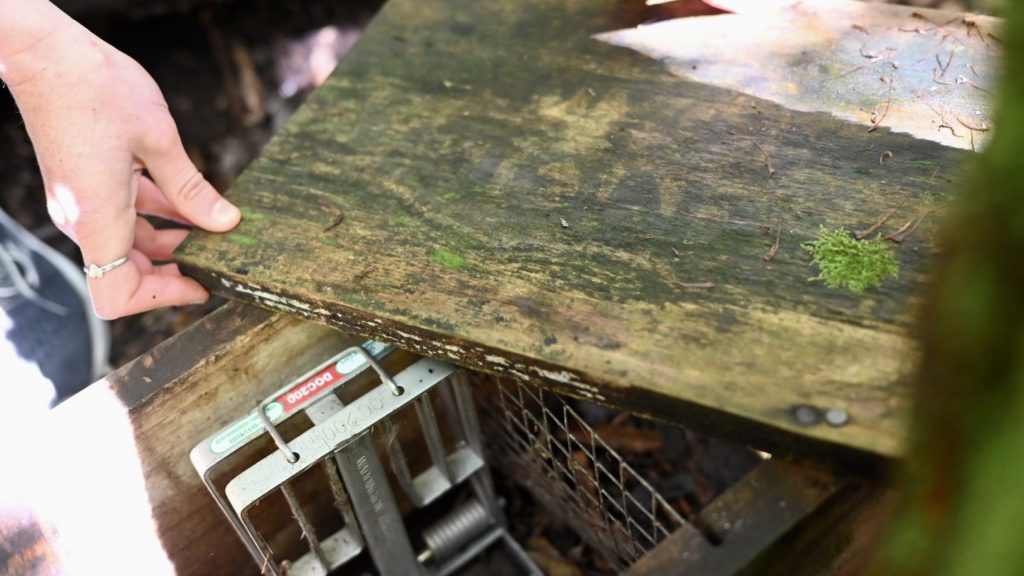
Darren Peters from the Department of Conservation discusses the DOC series of traps (150, 200 and 250). You can expect to learn: RELATED Possum facts and control tips River tested as reinvasion obstacle to possums Kea survival during aerial 1080 – identifying the risks The vision for a predator free 2050 How to choose the … Continue reading Learn how to get the most out of your DOC trapping series (webinar)
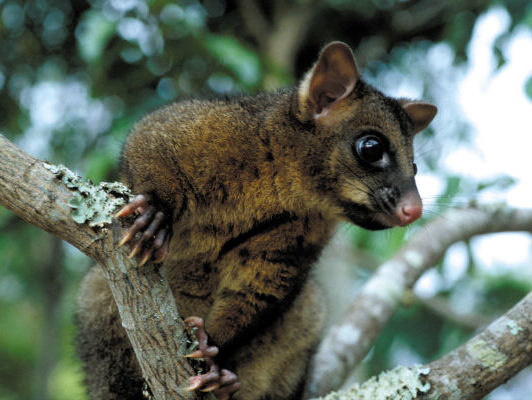
Rest assured, New Zealand’s scientific community are beavering away to find new and better ways to combat possums. These are just a few of the research reports investigating possum control recently published in the New Zealand Journal of Ecology. Firstly a poison bait evaluation was carried out in a joint project by researchers from Connovation … Continue reading New ways to combat possums
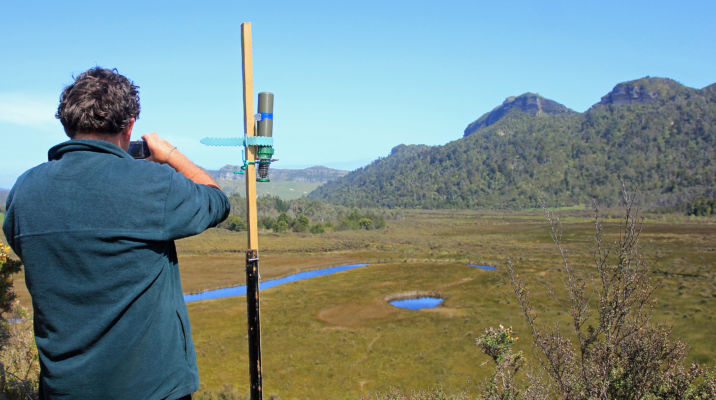
There’s something rather special about wetlands – and not just because they’re becoming increasingly rare. There is an air of secrets and mystery, of strangeness lurking just below the waterline. There is, for example, the mudfish. Mudfish are fish without scales that can survive without water – which makes for a very odd fish indeed. … Continue reading Secrets of Mangarakau Wetlands revealed
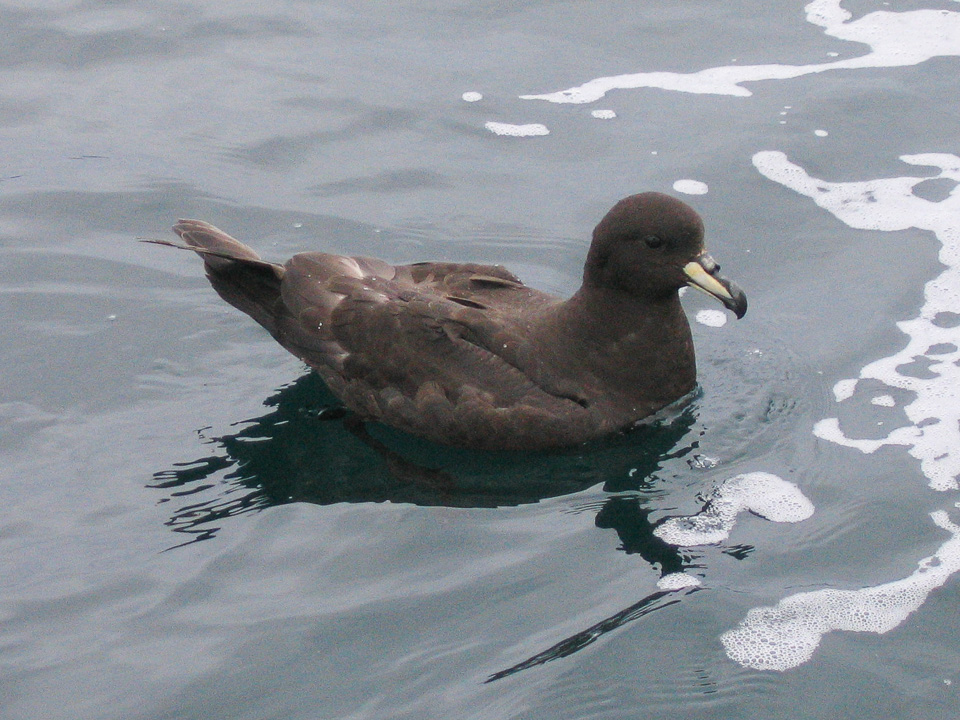
For thousands of New Zealand’s sub-Antarctic mice, their sojourn on the Antipodes is almost over. Endemic beetle and moth populations will finally get a chance to recover and nesting seabirds will be free of encroaching rodent harassment. The Million Dollar Mouse operation has put the spotlight on island eradications, but what exactly happens on islands … Continue reading Friday afternoon reads… island recovery
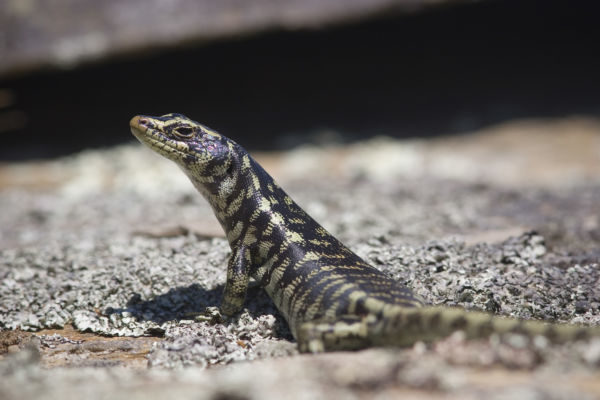
Habitat modification – what’s good for native wildlife and what isn’t? Weta can thrive, living in the crevices provided by large introduced trees. Cutting those trees down to plant native saplings may not benefit weta – in the short-term at least. When grazing livestock are removed from regenerating native scrub, is it beneficial for native … Continue reading Habitat modification – complex relationships
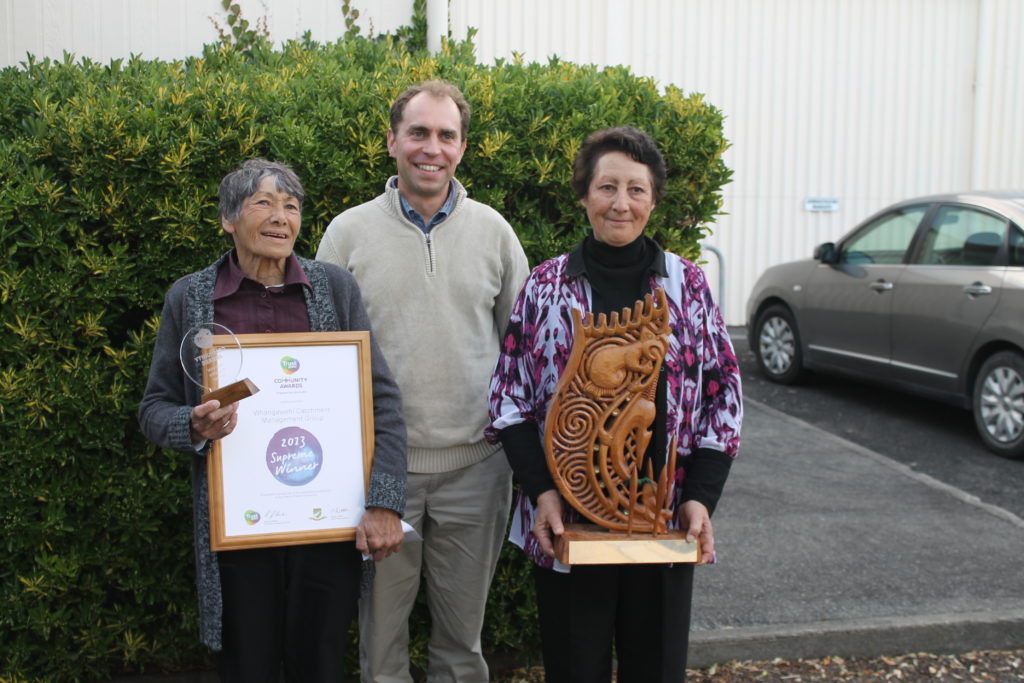
Good things – even great things – can come from inauspicious-seeming beginnings. In 2010 a proposed new wastewater system got people worried in the small, remote East Coast settlement of Mahia, located on the Mahia Peninsula, between Napier and Gisborne. The effect of other land usage on water quality was also causing concern. The Whangawehi … Continue reading Local marae community inspires environmental change
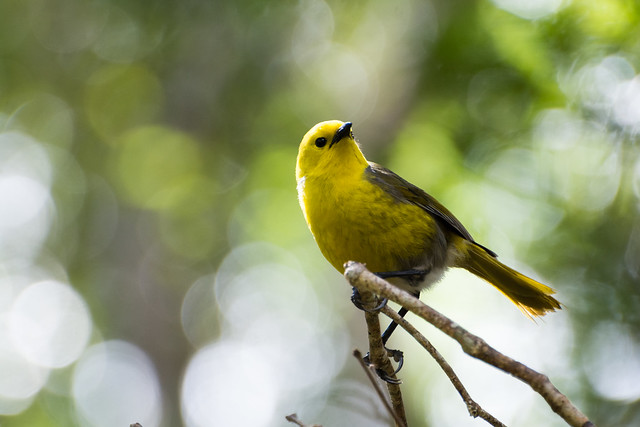
The mohua, or yellowhead, is a small bird with a bright yellow head and breast. Early settlers called it the ‘bush canary’ because of its colour and beautiful song. The mohua’s story is a familiar one, of population decline since the 1800s. In the 1800s, the mohua was one of the most common birds in … Continue reading Mohua facts
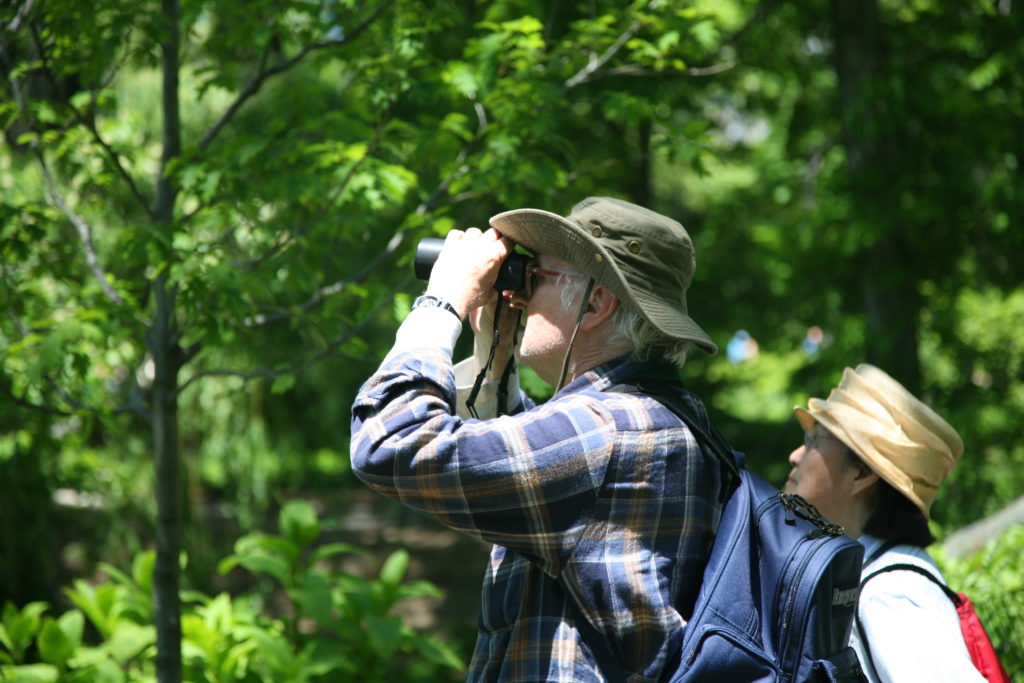
Environmental monitoring is more than just a modern conservation buzzword. It’s an essential tool in determining whether all those volunteer hours put in by your community group is achieving positive, measurable change. Positive change is not just dead rats, dead possums and a truckload of weeds removed. Was the removal of those predators and pest … Continue reading Monitoring matters
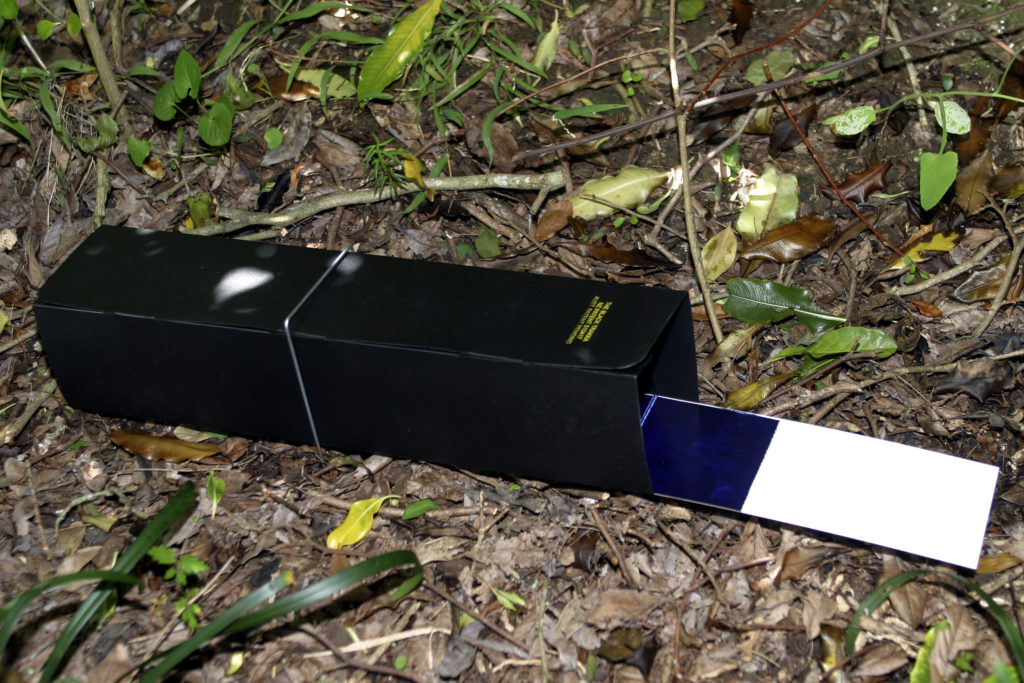
Warren Agnew can tell a lot from an inky footprint. A stoat track is easy to recognise because of the hairiness of the feet. But did you know that a female stoat’s hind foot is 50% wider than her front foot? With male stoats however, the footprints are all the same size. So if you … Continue reading Kiwi inventor shares ways to read predator footprints
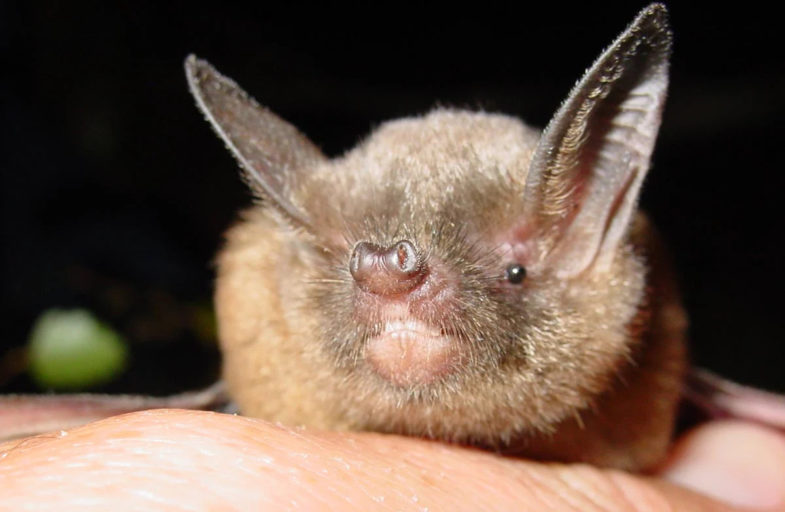
New Zealand’s entire black robin population once consisted of a mere 5 birds and all black robins surviving today are descended from one breeding pair from the 1970s – the legendary ‘Old Blue’ and her mate ‘Old Yellow’ who literally saved their species. They had some help from the equally legendary Don Merton along with … Continue reading Genetic diversity and bats
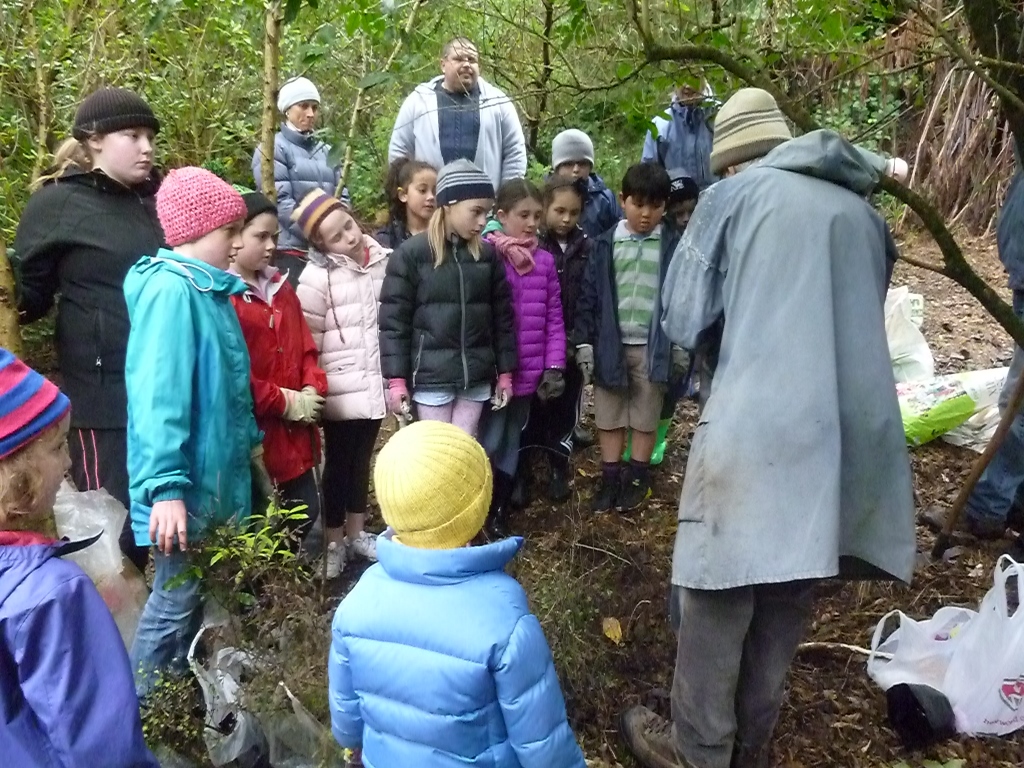
It may well be Wellington’s best kept secret – an urban wilderness area where nationally threatened fish species thrive in a meandering stream and where possums were eradicated over a decade ago. An ongoing network of bait stations stops the possums from reinvading and keeps rat numbers down too. Not that the fish are particularly … Continue reading Trelissick Park Group cares for idyllic wilderness area
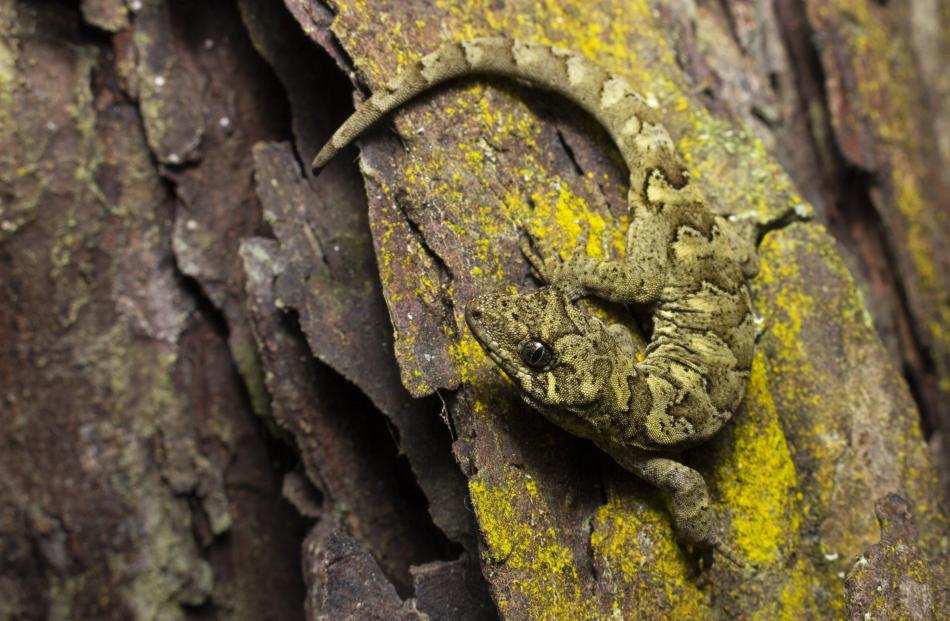
The detrimental effects of New Zealand’s larger mammal predators are very well documented. Everyone surely knows the devastation caused by rats, possums and stoats. So what about mice? At this time of year they can be a nuisance in your pantry and a worry to your wiring – but what are the impacts of mice … Continue reading Skinks, geckos (and mice)
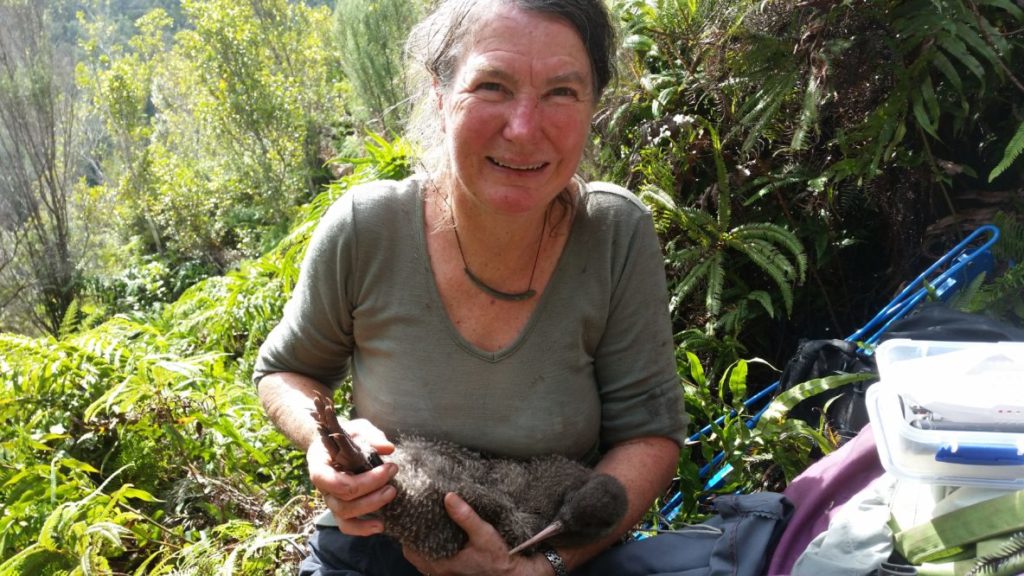
Jo Halley is sore – sore knees, sore feet and sore shoulders. She’s just back from several days of crawling through scrub in search of great spotted kiwi (roroa), then digging and crawling into muddy burrows to change the year-old batteries in their transmitters before they go flat. Evenings were spent listening for kiwi calls, … Continue reading Kiwi Ranger keeps track of Great Spotted Kiwi
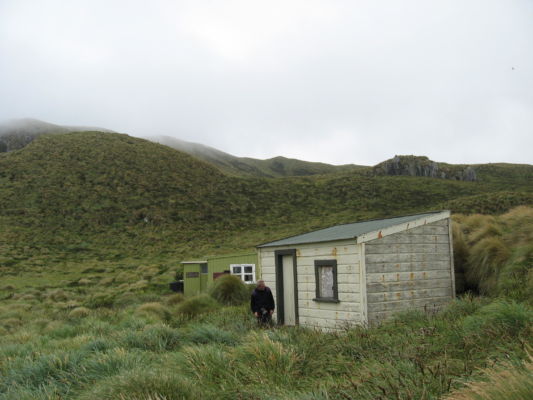
For thousands of New Zealand’s sub-Antarctic mice, the next few weeks are the final countdown. With just a few weeks to go until mouse eradication begins on the sub-Antarctic Antipodes, this week’s Friday read looks at some of the key Antipodes-based research which has led us to this point – to the ‘Million Dollar Mouse’ … Continue reading Antipodes and the impact of mice
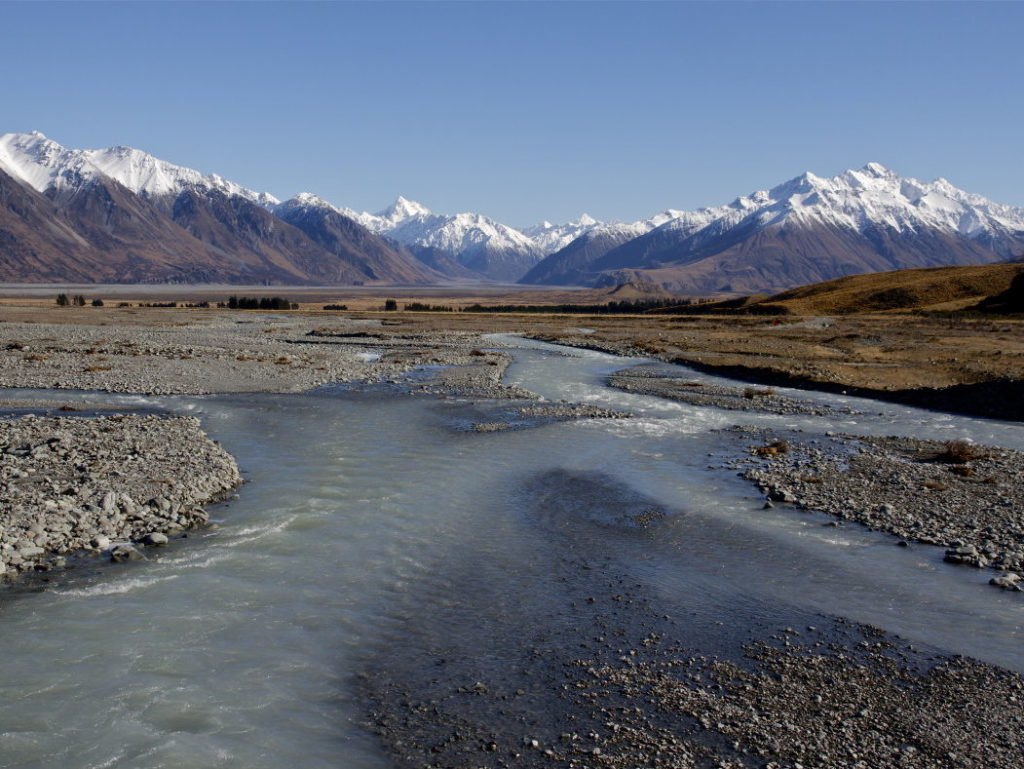
The South Island’s stunning braided river systems have been formed over millions of years as clashing tectonic plates created mountains and glaciers and then high rainfall and melting snows washed away at the mountain rock, sweeping gravel down into the valleys and coastal plains. In between rainstorms and spring snow melts, the river flow reduced … Continue reading BRaid comes to aid of ancient rivers and rare birdlife
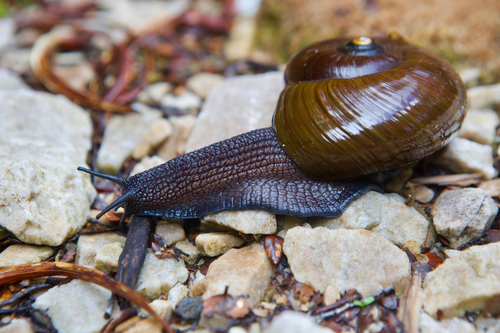
We know New Zealand’s native birds aren’t thriving – but what about the little guys – the VERY little guys? What’s happening with our insects and other invertebrates? Today’s Friday blog looks at what recent research can tell us about our smallest natives: what some of their challenges are and what we can do to … Continue reading Invertebrates – looking after the little guys
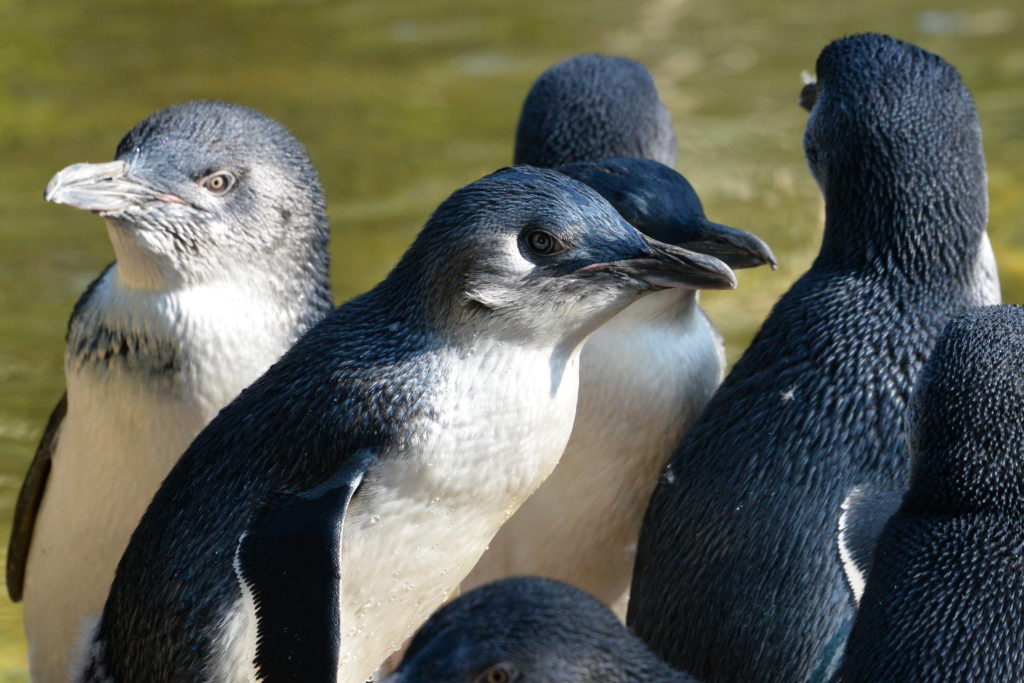
For a little penguin (until recently known as little blue penguin) in the city, the urban adventure includes a few extra hazards not encountered by their country-coastline relatives – including large steel-bodied predators super-fuelled by petroleum. If penguins have imaginations, then cars and trucks must seem like living nightmare monsters. But crossing a busy road … Continue reading Making a Place for Penguins in the City

Rats are, perhaps, the ultimate invader – with a little bit of help through the centuries from humans. Where-ever we go they go too, so that ship rats have ended up on some of the remotest of the world’s islands. Today’s research review looks at studies into rats on islands, aspects of rat biology that … Continue reading Rats as island invaders
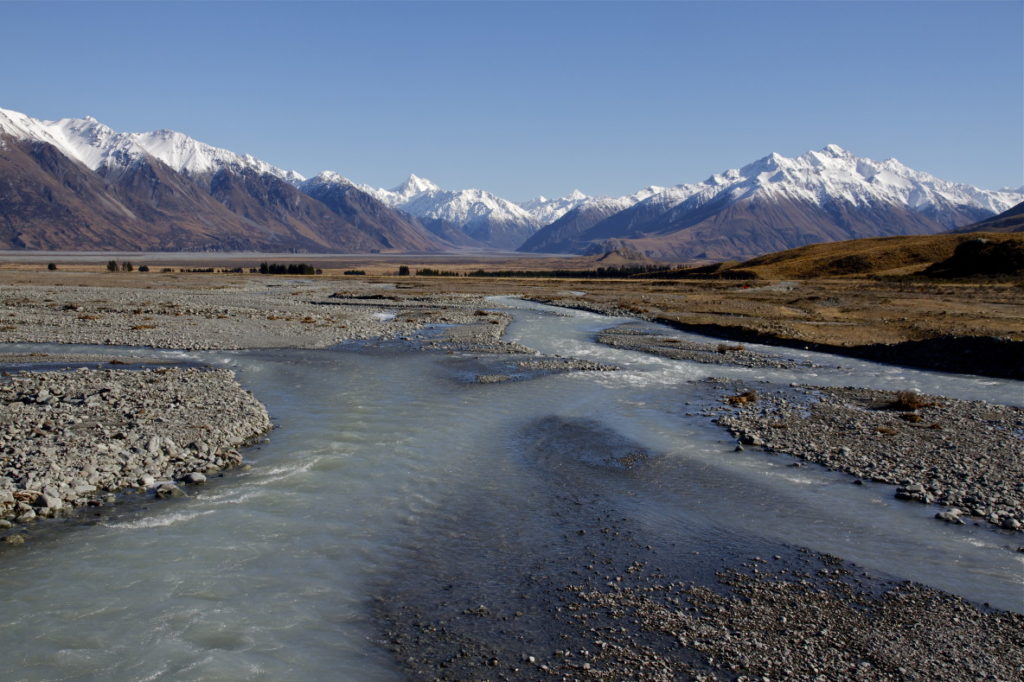
Braided river systems are rare throughout the world, but we have some superb examples in New Zealand, particularly in the Canterbury and Southland regions. New Zealand’s braided riverbeds are breeding grounds for some very special wildlife including the wrybill – the only bird in the world with a bent beak – and the very rare … Continue reading Braided rivers and predator monitoring
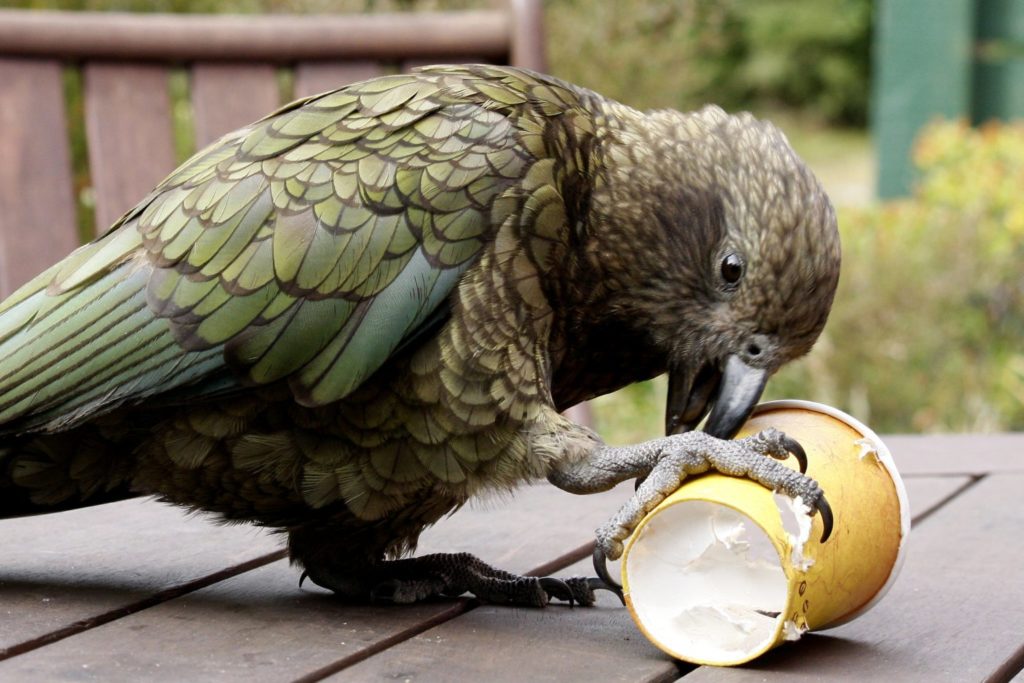
When it comes to clever, New Zealand’s alpine parrots are up there with the smartest crows, African Grey Parrots and even monkeys. Kea can problem-solve, use tools and do all the other things that show they’re among the world’s most intelligent non-humans. But, living above the treeline, they’ve evolved to nest among boulders and if … Continue reading Conservation groups team up to help Mt Aspiring kea
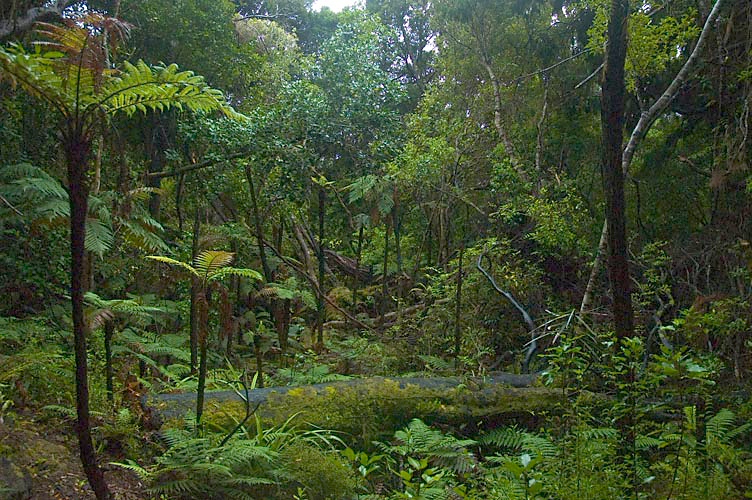
No-one wants to see the birds and other wildlife we’re trying to protect, killed or in any way harmed by the very methods we use to protect them from predators, either by consuming bait or being accidentally caught in traps. It’s a delicate balance and often a controversial subject where strong opinions are held. Today … Continue reading Bait residue issues
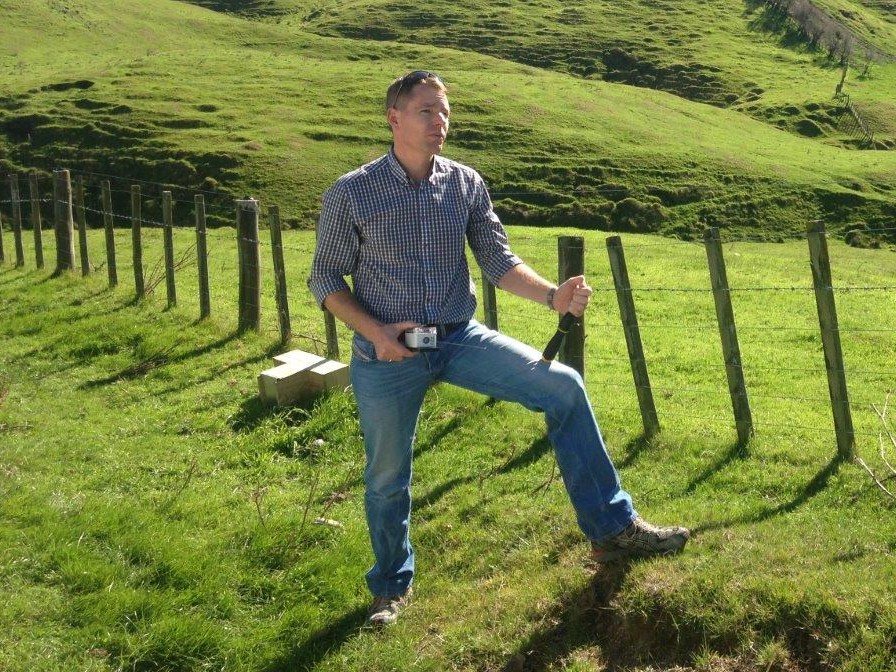
Imagine being able to check the status of every trap in your trapping network on your cellphone over a morning coffee or on your laptop as you sit down to a hearty breakfast of bacon and eggs. It has to be better than traipsing out to check every individual trap, over rugged terrain, in the … Continue reading High tech, easy-to-use trap monitoring system saves money and time

A guest editorial by Northland conservationist and author, Wade Doak. From the minute Jan and I, with our two teen kids, landed on a forest hilltop at Ngunguru, some 33 years ago, pest control became part of our survival. We had forty-four acres of wilderness, half of which, well regenerated native forest, we covenanted. Sustainable … Continue reading Pest control in earnest

Possums are a huge problem in New Zealand – and consequently the subject of a great deal of research. Most of that research, understandably, focuses on the forests and forest remnants where they are most commonly found. But what about those urban possums, patrolling the rooftops at night, raiding fruit trees and decimating roses? A … Continue reading Understanding possums
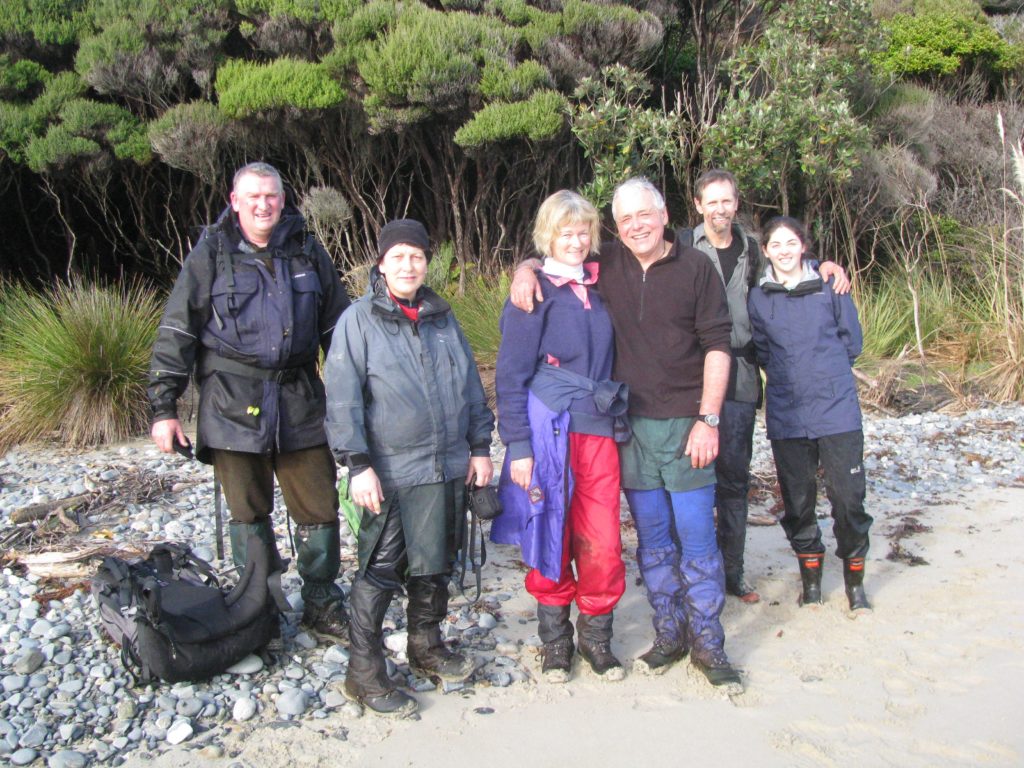
In late 2015, 80 mohua were transferred from Chalky Island to Te Puka-Hereka/Coal Island in Fiordland National Park, the latest in a series of native bird transfers to the island. It was an exciting event for the South West New Zealand Endangered Species Charitable Trust (SWNZESCT), whose members had been working since 2004 to raise … Continue reading Coal Island – a southern sanctuary for rare species
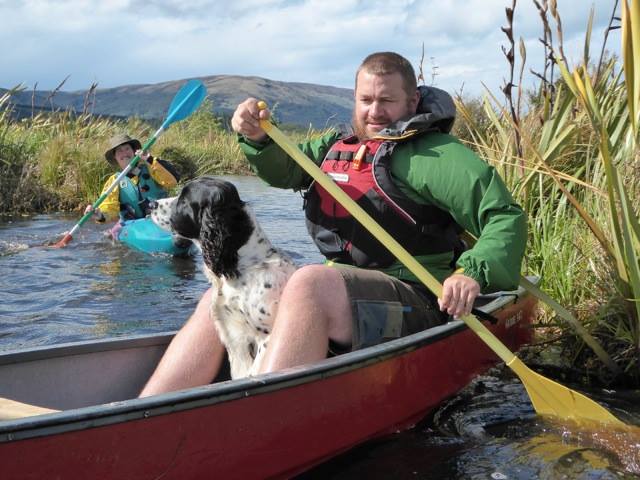
This week’s Friday afternoon reads looks at predator research relating to two key habitats in New Zealand – wetlands and off-shore islands. Colin O’Donnell (Department of Conservation, Christchurch), Kay Capperton (Havelock North) and Joanne Monks (DOC, Dunedin), review research and statistics on the impacts of introduced mammalian predators on the viability of wetland birds, particularly … Continue reading Wetlands and islands

Stoats are a cunning opponent and serious villain in New Zealand’s battle to save our native species. They’re efficient predators, can travel long distance and are good swimmers. They’re also notoriously bait-shy. So what can recent NZ research tell us about the best ways to tackle stoats? First, an overview of public perceptions and what … Continue reading Tackling stoats
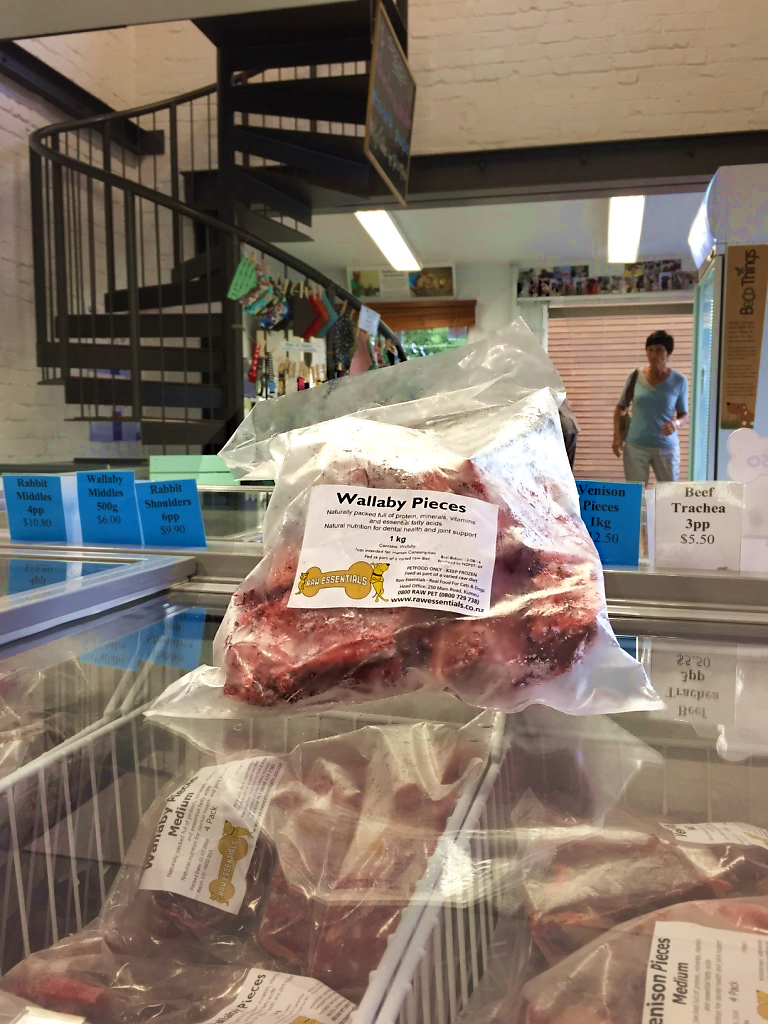
Possums, rabbits, hares, wallabies and goats are all on the menu at ‘Raw Essentials’, a pet-food company which strongly believes in feeding our carnivore pets a true carnivorous diet. If that diet includes meat, bone and organs from pest species which would otherwise go to waste, then so much the better for sustainability, the environment … Continue reading Raw diet good for pet health and the environment
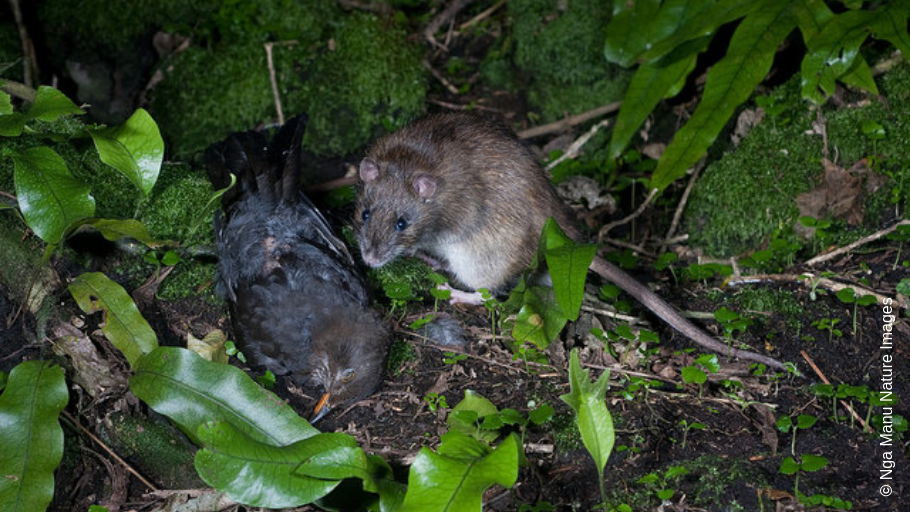
The battle for the bush (and swamp, riverbed and shore) is being fought not just on the ground in New Zealand, but also in research labs and on computer screens around the country. New ideas are being brainstormed and innovations in predator control are being computer-modelled and tested in the field. So what have some … Continue reading Mice, rats and multi-capture traps

When it comes to possums, Zach Howarth believes in ‘utilising it all’. He’s about to sell his first shipment of possum meat to petfood manufacturer ‘Possyum’. Currently there’s a ½ tonne of possum meat sitting in Zach’s brand new chiller in Tahawai, a couple of kms up the road from Katikati. That’s 288 dead possums, … Continue reading New business venture finds growing market for possum meat
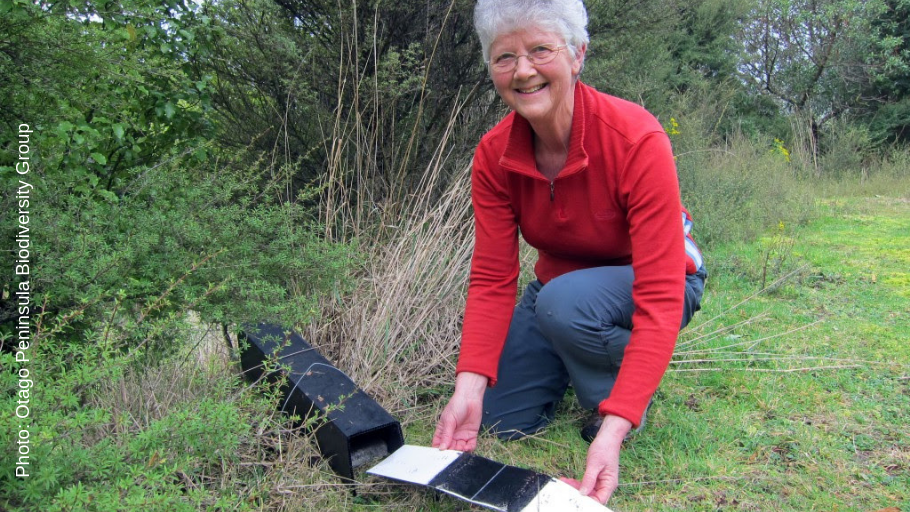
An art exhibition is an unusual way to tackle introduced pests, but ‘Citizen Sci-Art’, on show at the Portobello Hall for the weekend 27-28 February, is the latest in many initiatives by the Otago Peninsula Biodiversity Group (OPBG) and their supporters to get out and about and talking to their local community. Subtitled ‘from Stewart … Continue reading Art exhibition is latest initiative for Otago Peninsula group

Marie Haley lives in her great grandmother’s house on the Banks Peninsula land that was first farmed by her French great-great-great grandfather. It’s on a part of Banks Peninsula known as the ‘Wildside’, named for its rugged landscape, dramatic cliffs and iconic species of birds, insects and plants – some of which are not found … Continue reading Protecting the Wildside’s unique biodiversity

Glen Riley, coordinator at Te Nohoaka o Tukiauau, Sinclair Wetlands, 40km south of Dunedin, has been talking with some members of the Ornithological Society recently. According to the ornithologists, spotless crake were seen at the wetlands 30 years ago, but have been rare ever since. That may have changed. Glen says crakes have been heard … Continue reading Fernbirds flourishing at Sinclair Wetlands
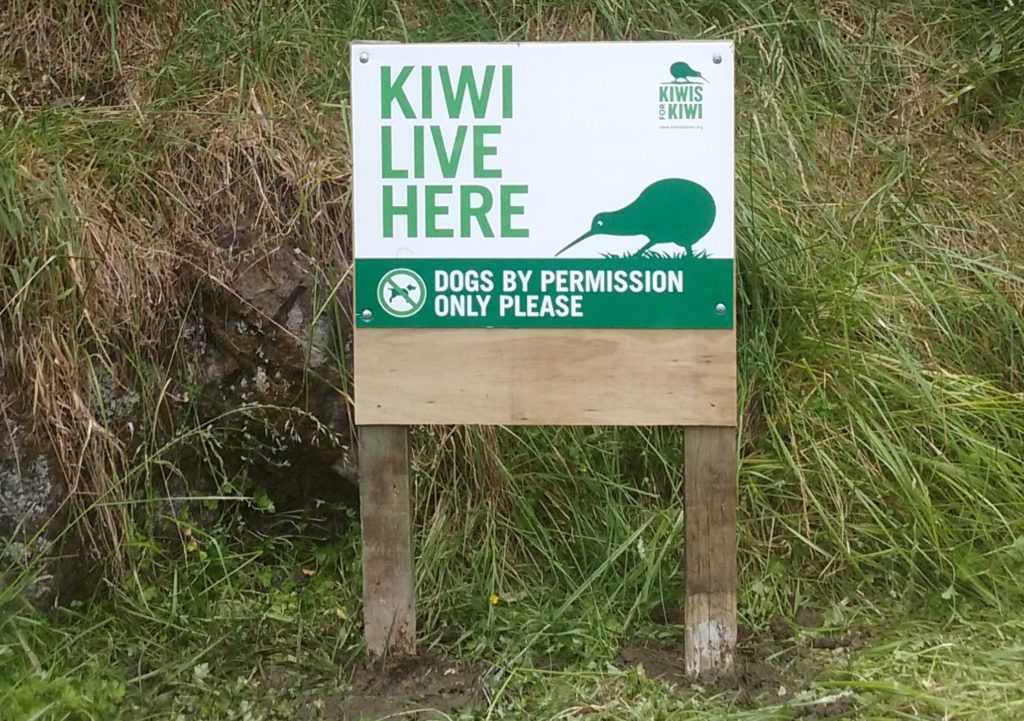
As far as anyone knew, kiwi were long gone from the Houto Forest near Dargaville, until a kiwi was found on farmland just 1km north of the forest. The kiwi – accidentally caught in a possum trap – was taken to the Native Bird Rescue Centre in Whangarei until its leg injury healed and it … Continue reading Kiwi comeback inspires new charitable trust
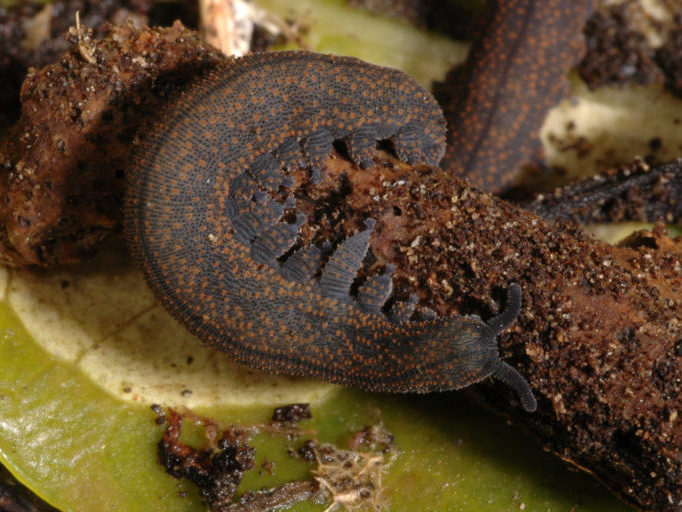
From the ziplines and swing bridges built high in the canopy of Rotorua’s Mamaku Forest there’s a phenomenal view of what a New Zealand forest looks like when it’s not full of possums and rats. There’s an abundance of green palatable species now that the hordes of grazers are gone. Gary Coker, conservation manager for … Continue reading Adventure eco-tour company grows with forest
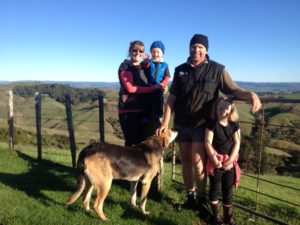
Lamb prices are poor this season, there have been droughts in recent summers and another drought is forecast, but Otorohanga farming couple Jarrod and Danielle Hawkins were saying just before Christmas that if it did rain this summer then maybe they could buy some more kill traps for their QEII covenant block. They’re strongly committed … Continue reading Survey competition winners carry on Grandpa’s conservation work

